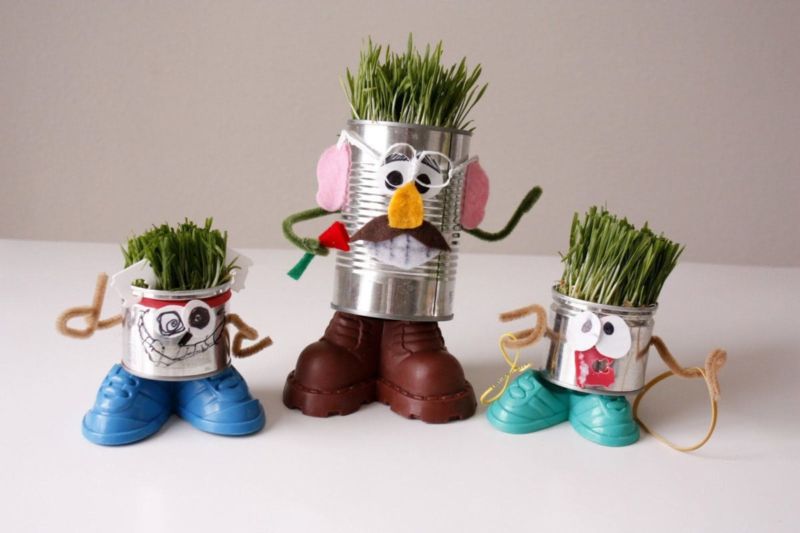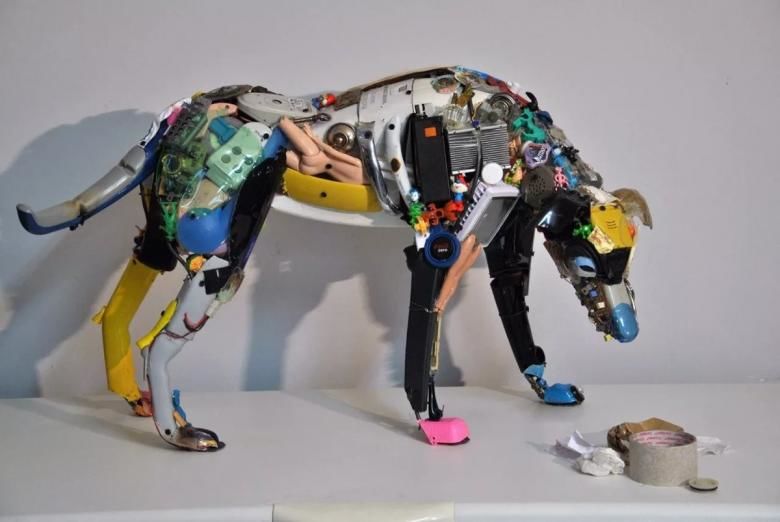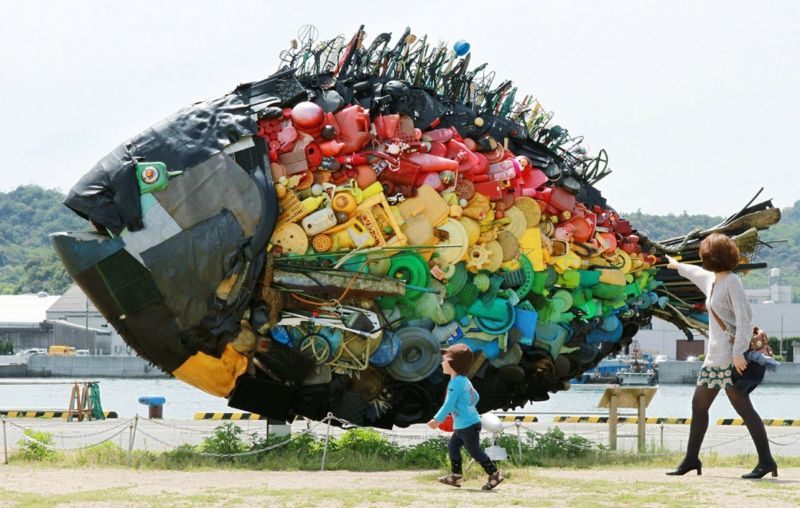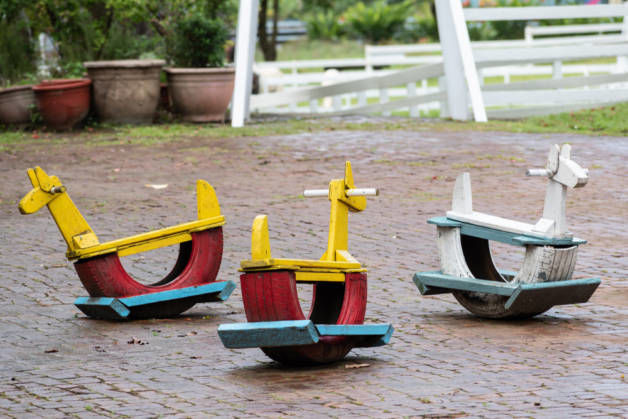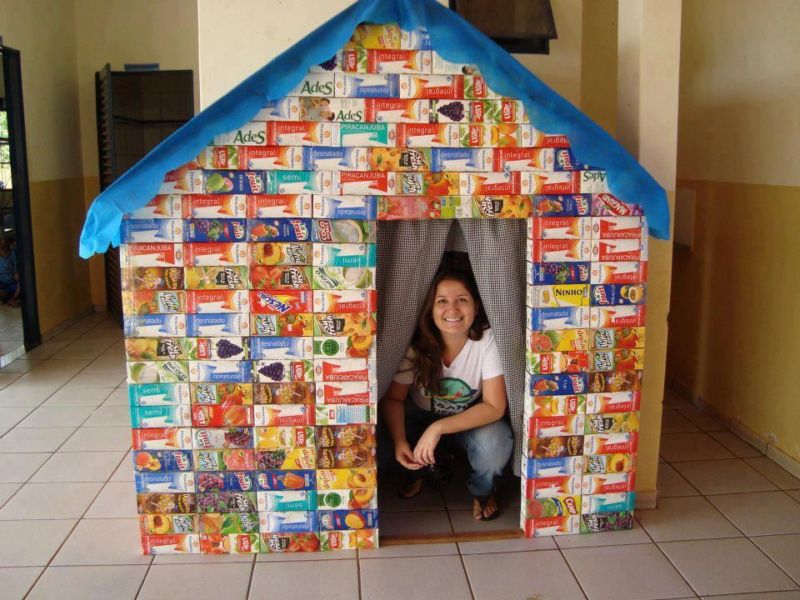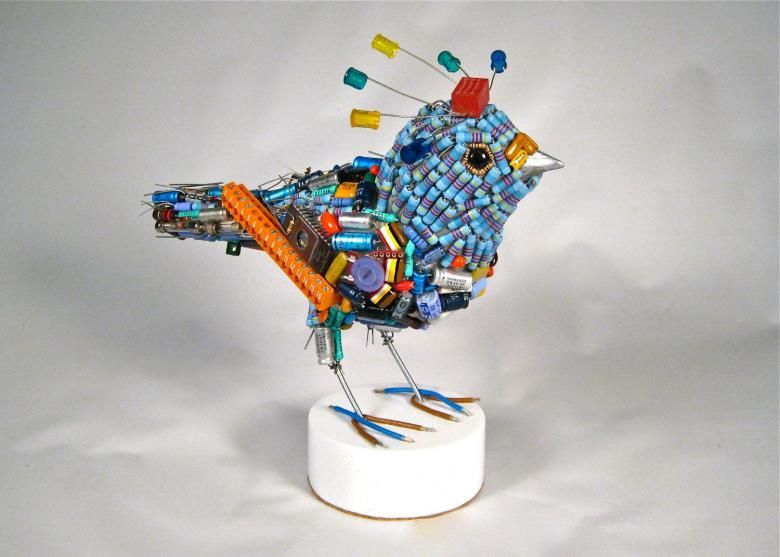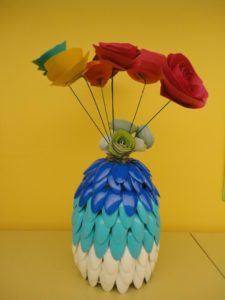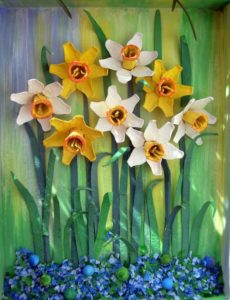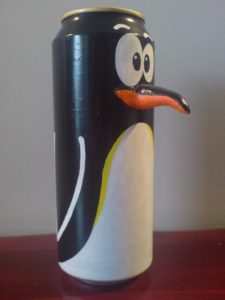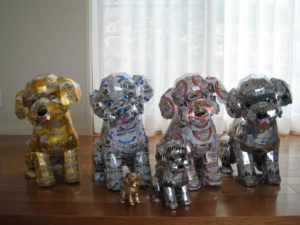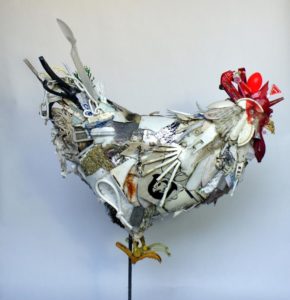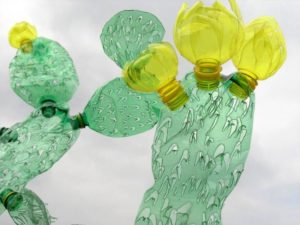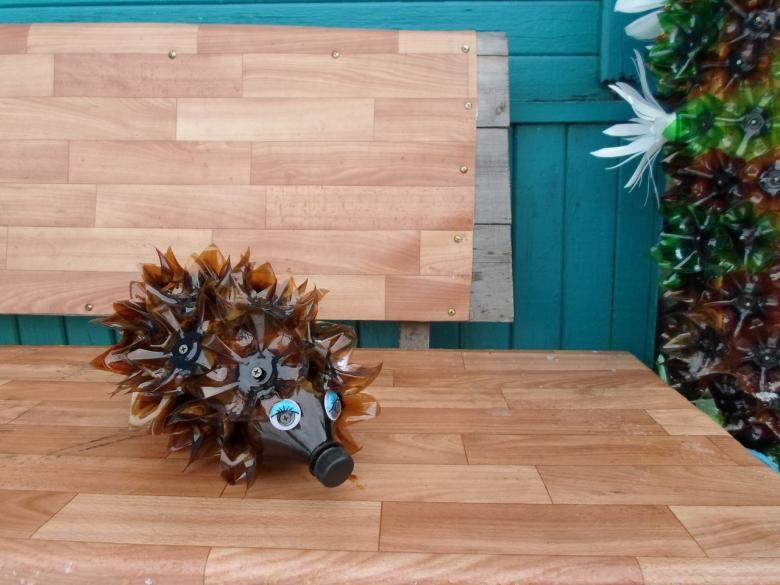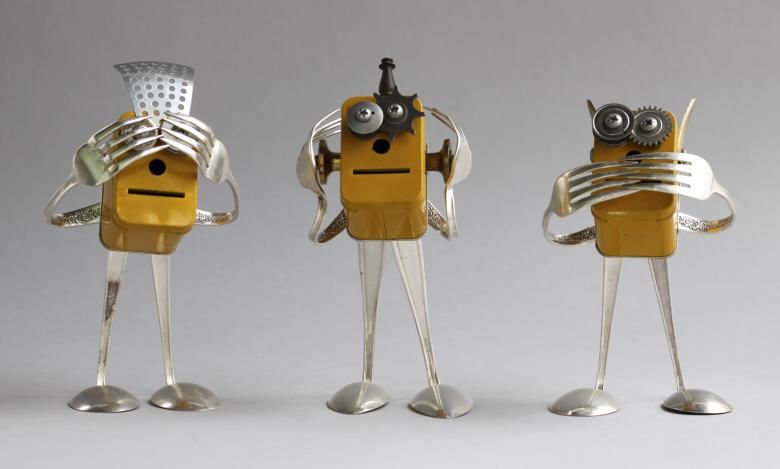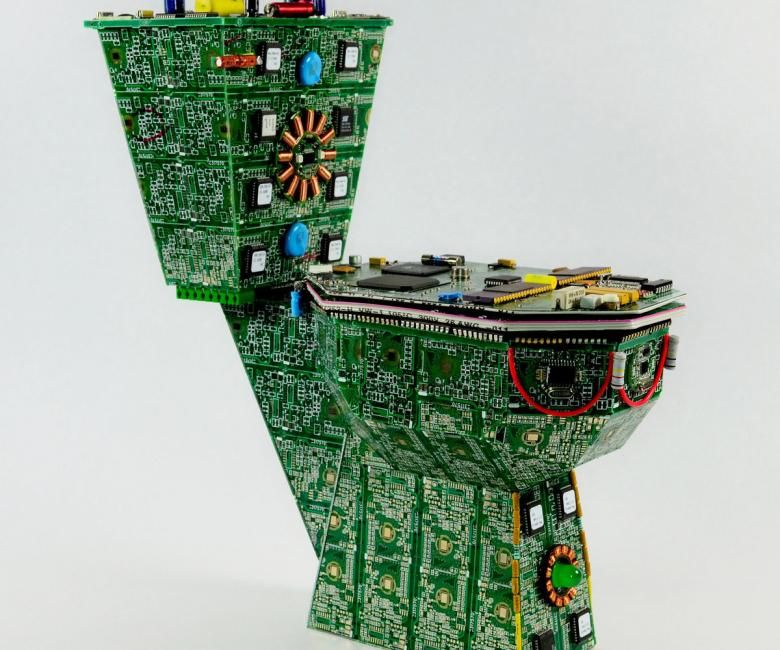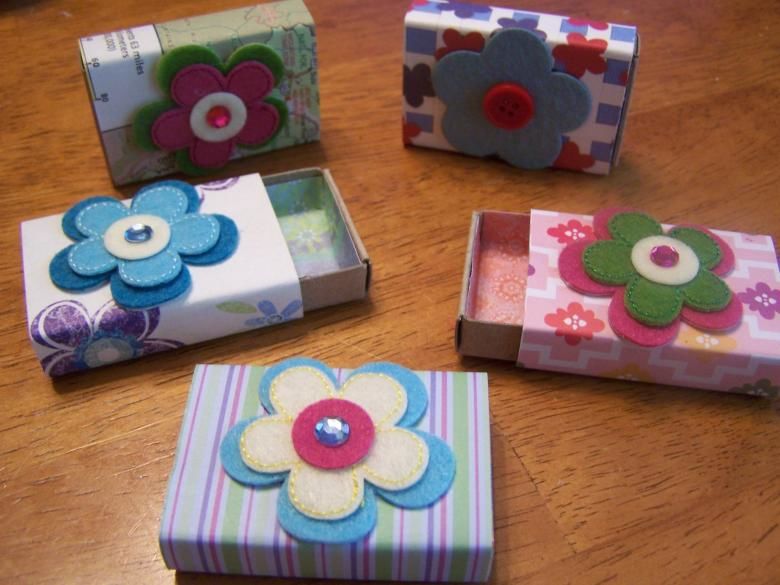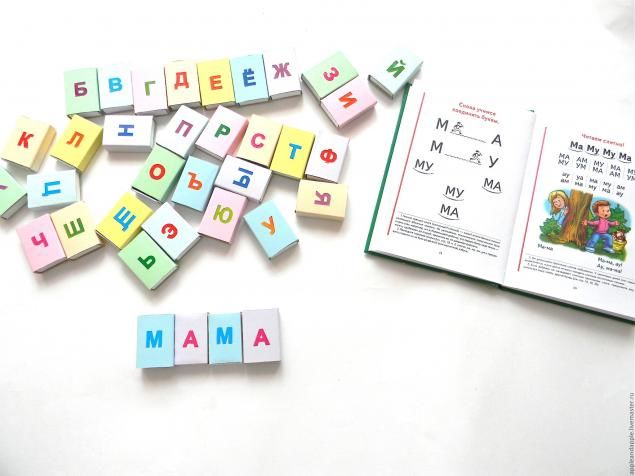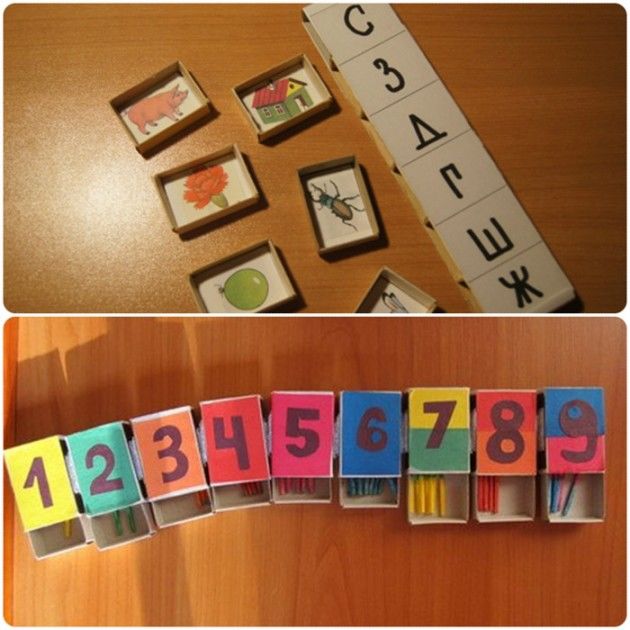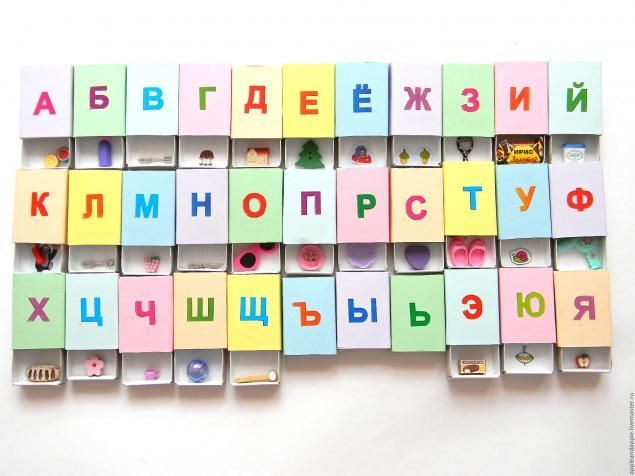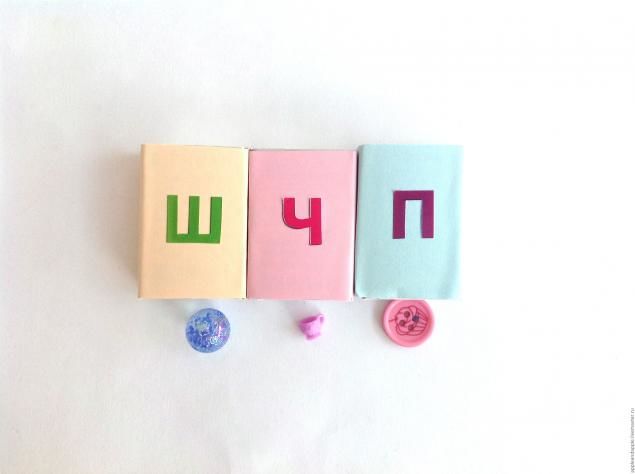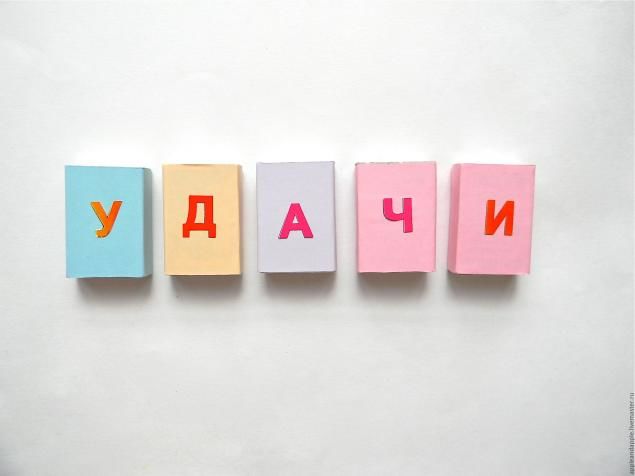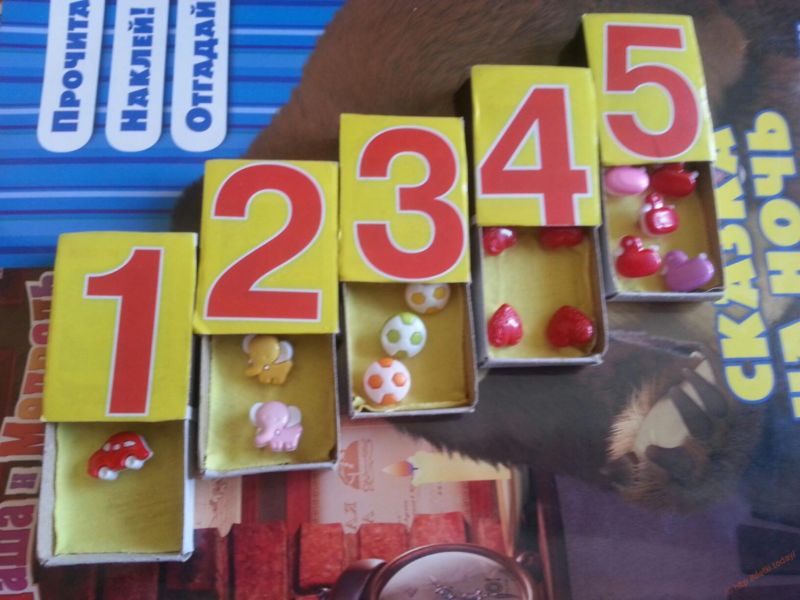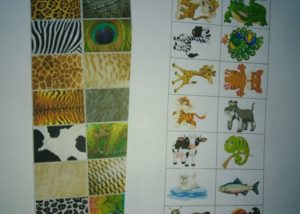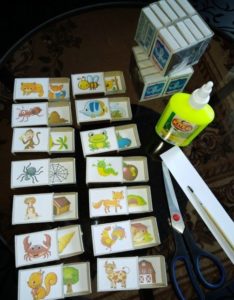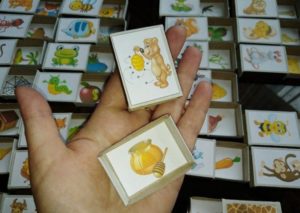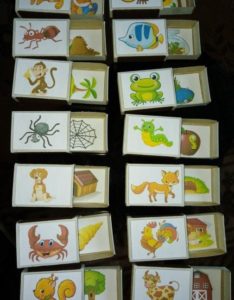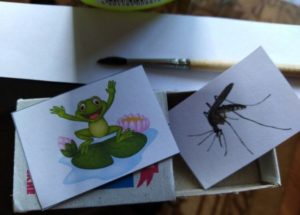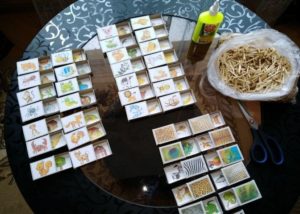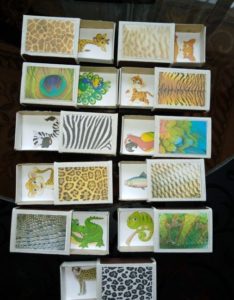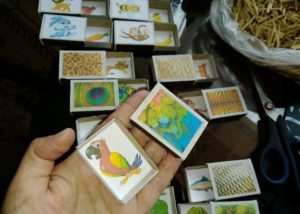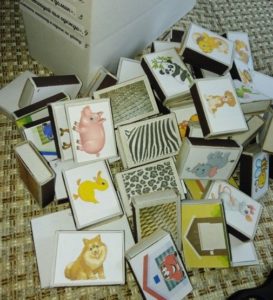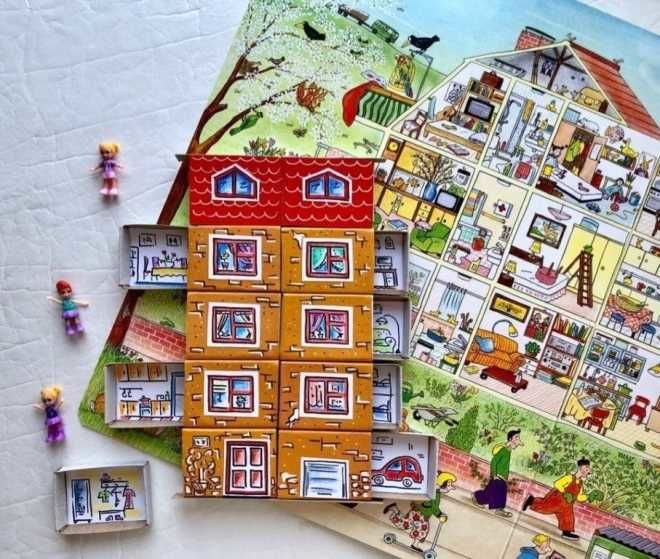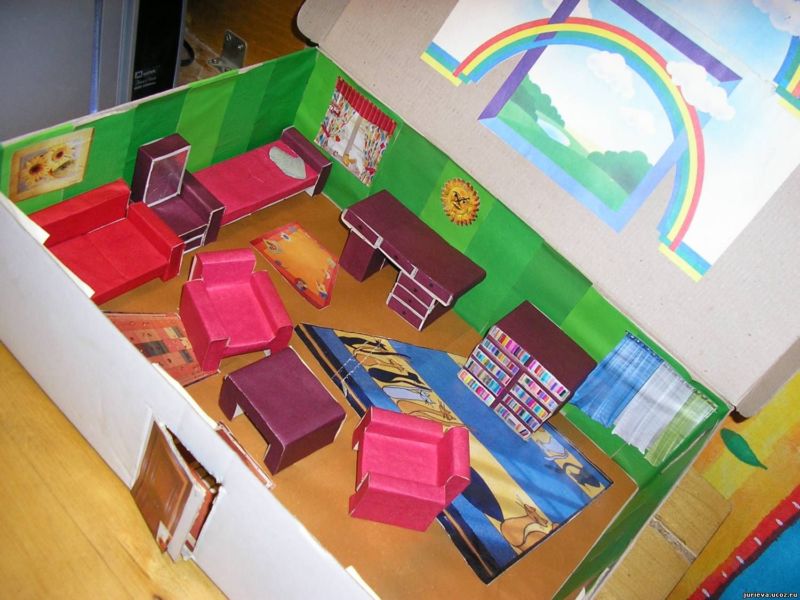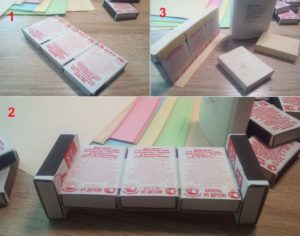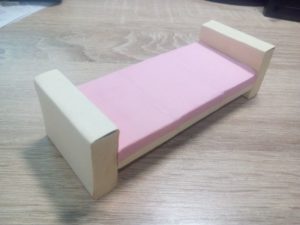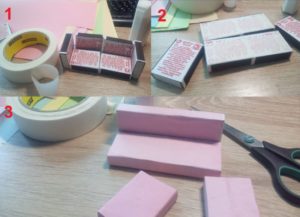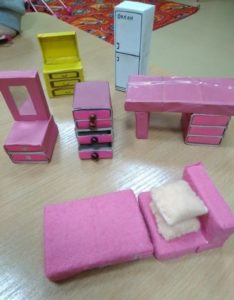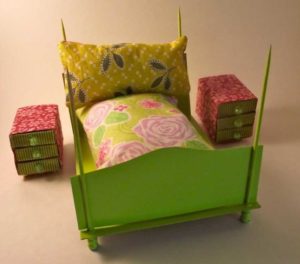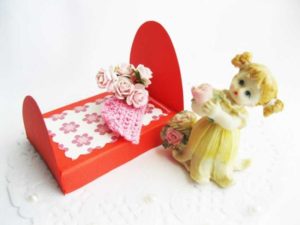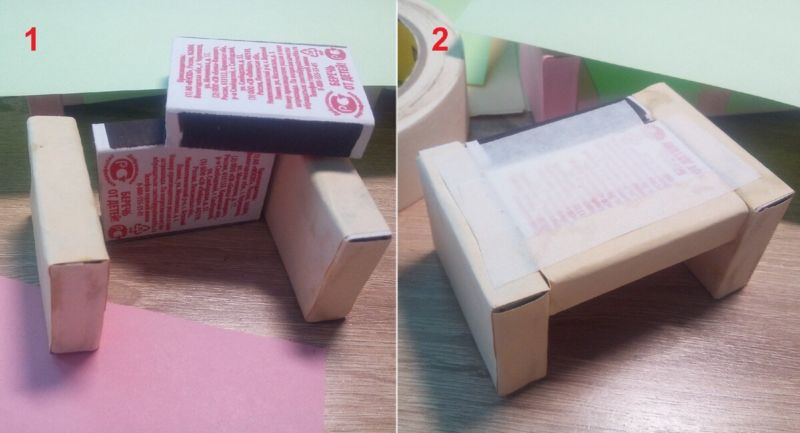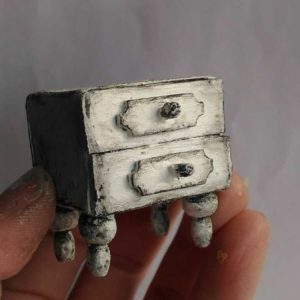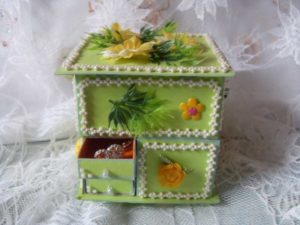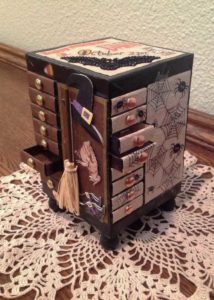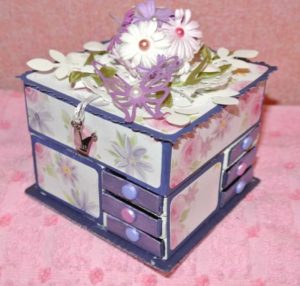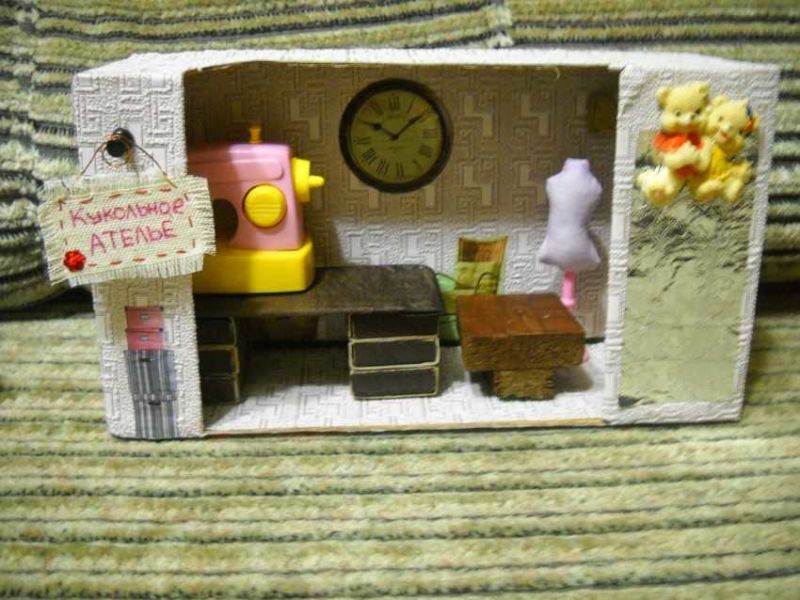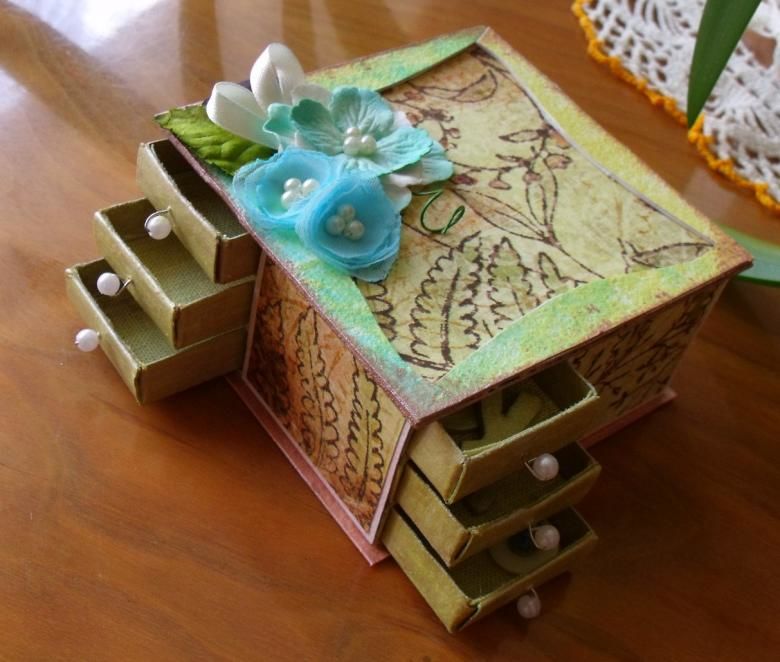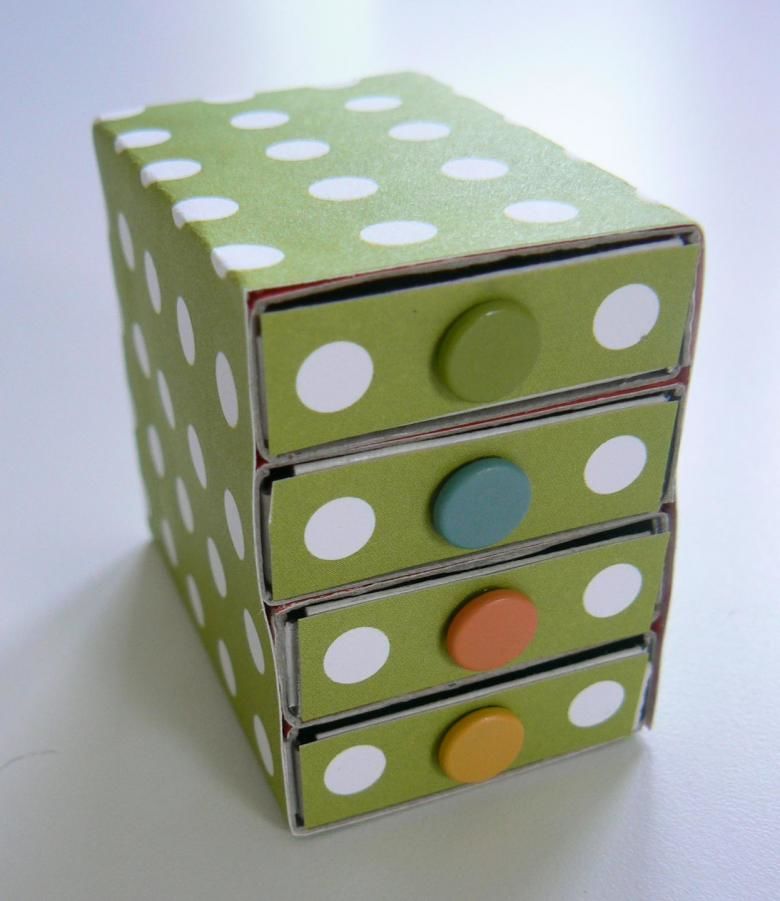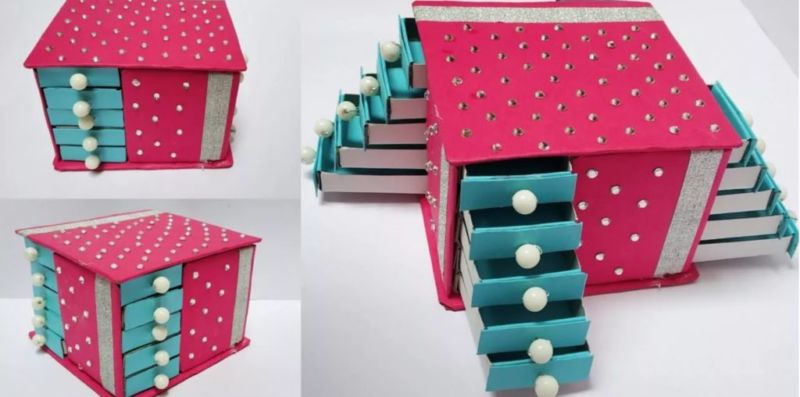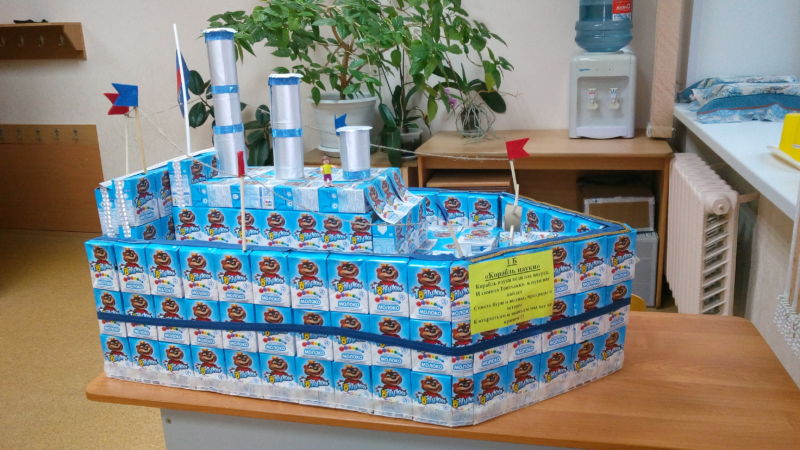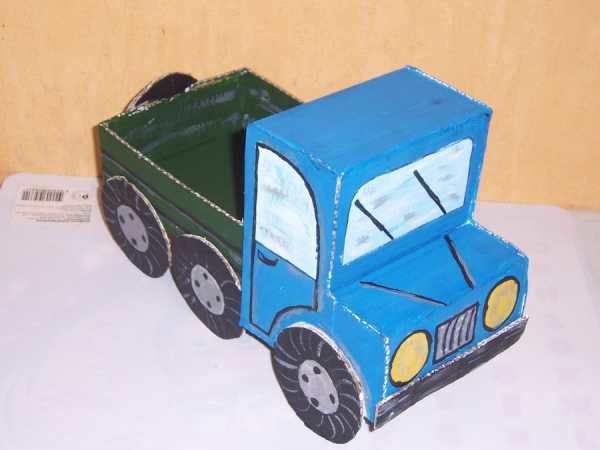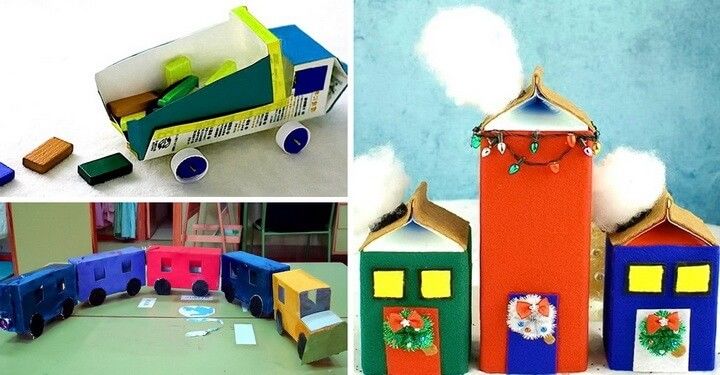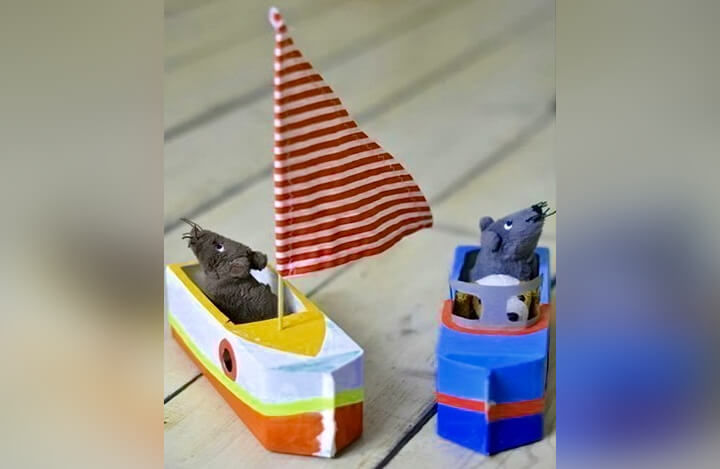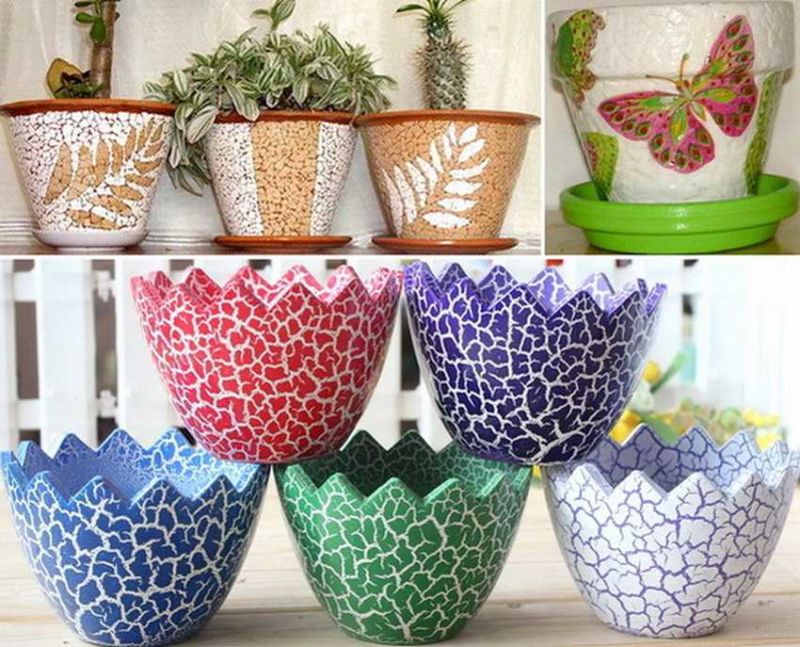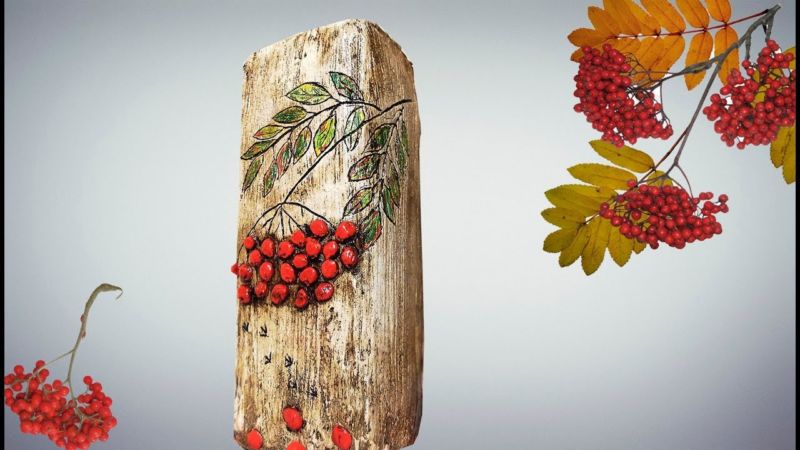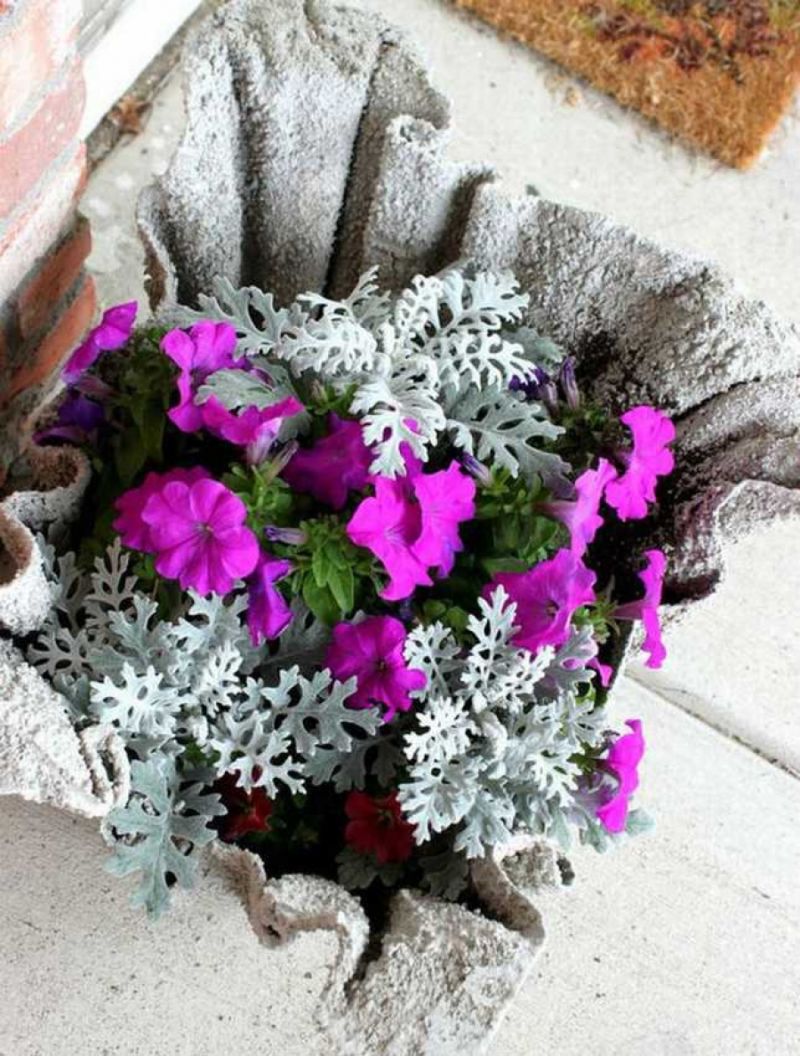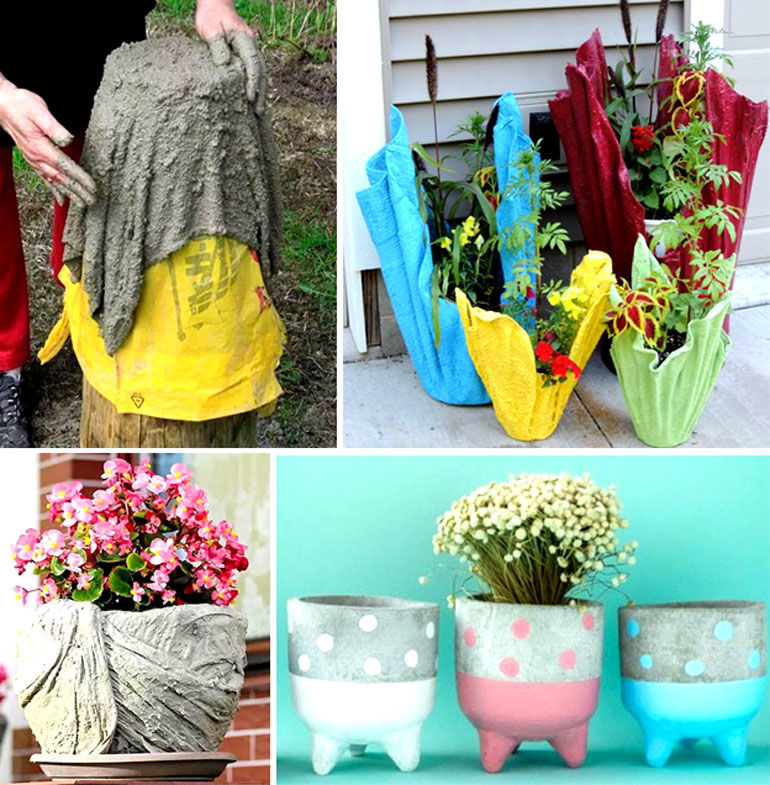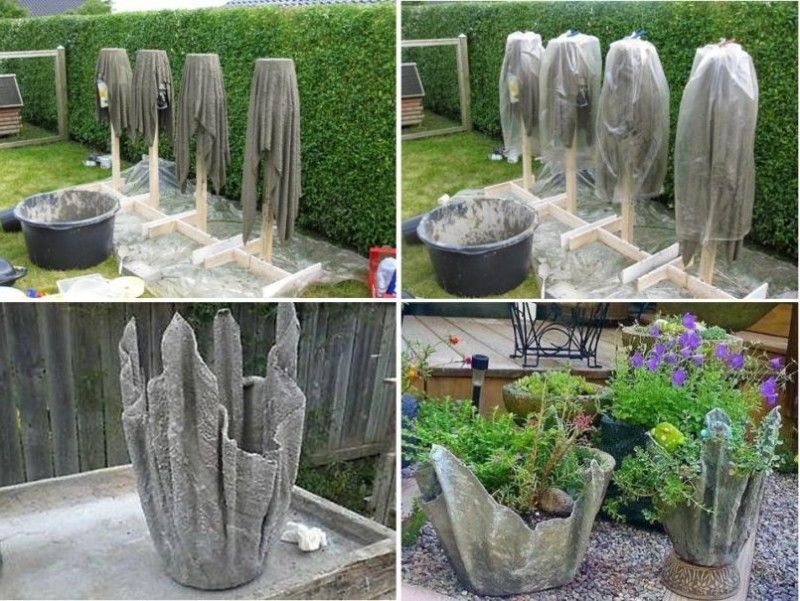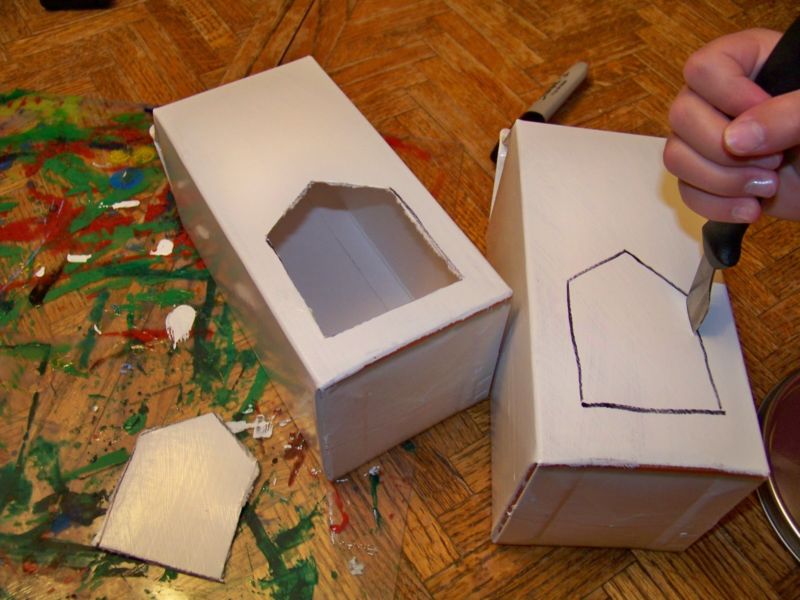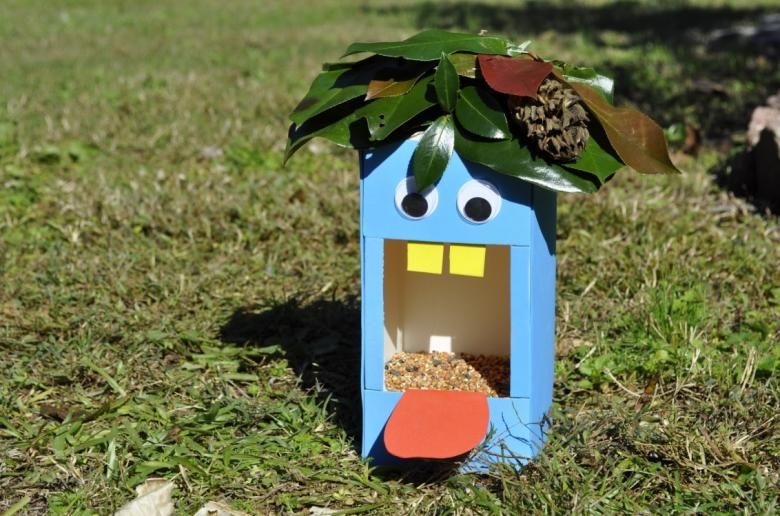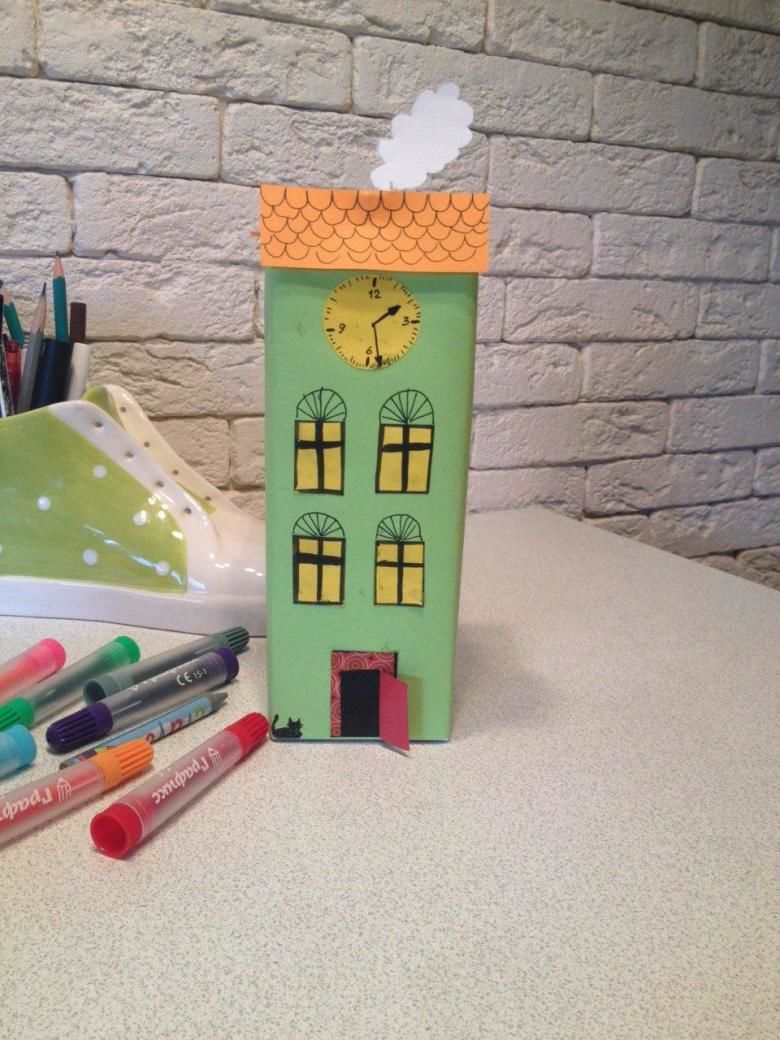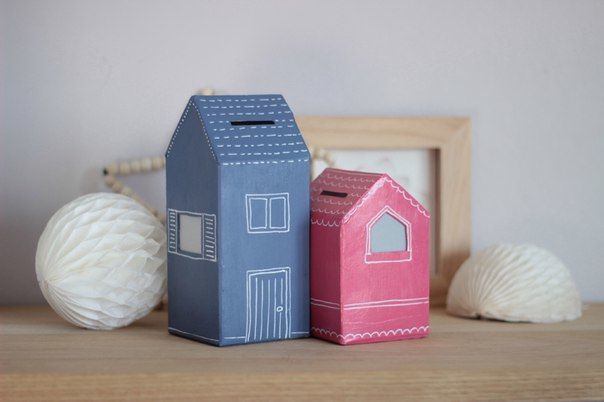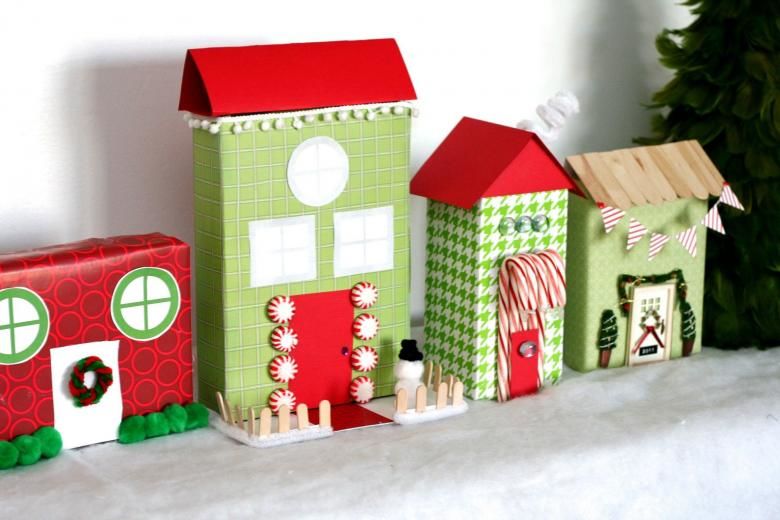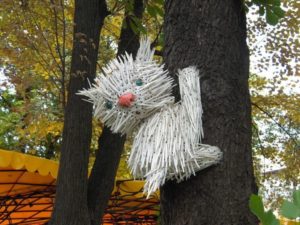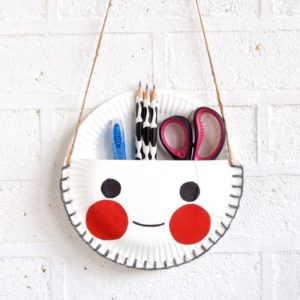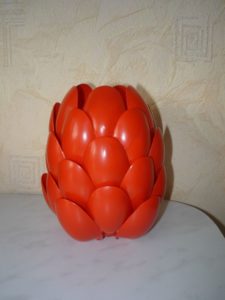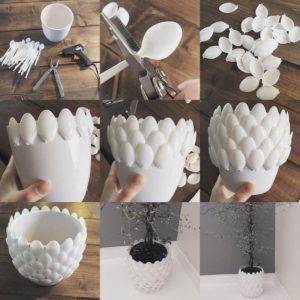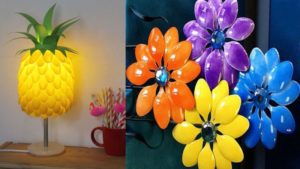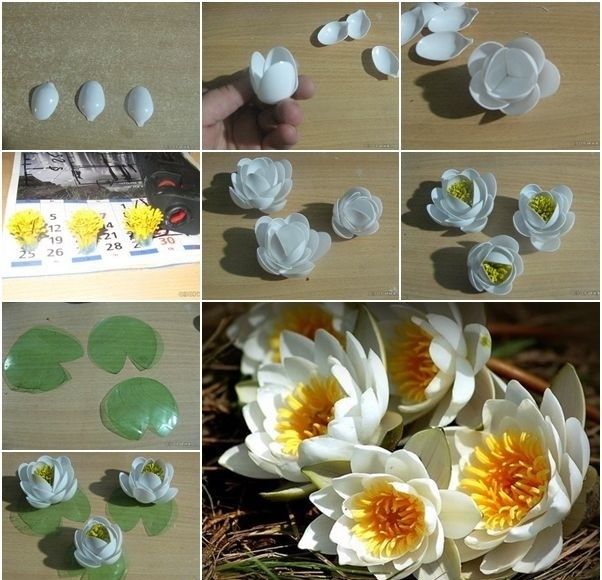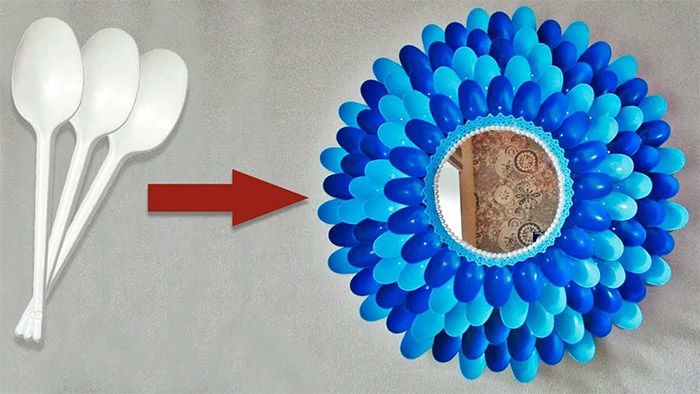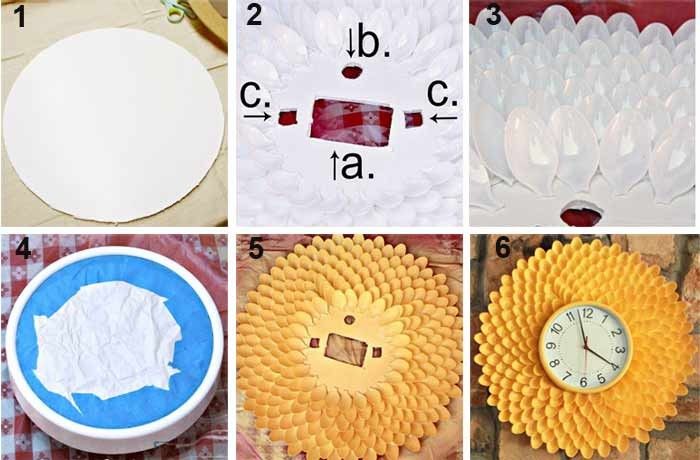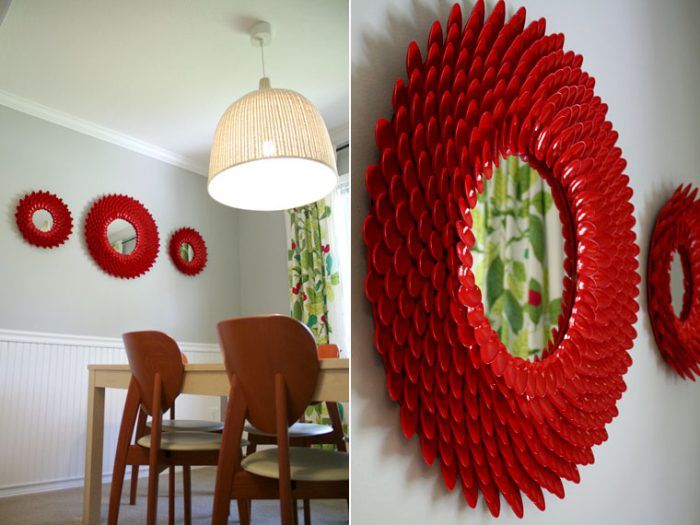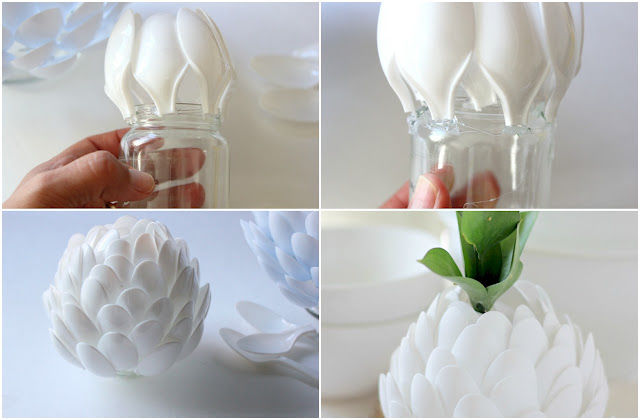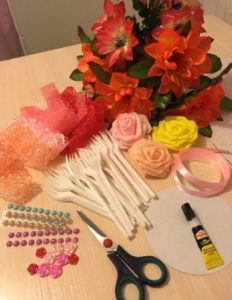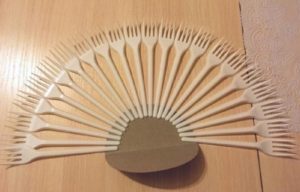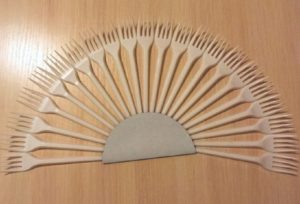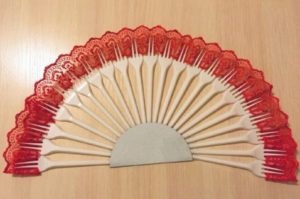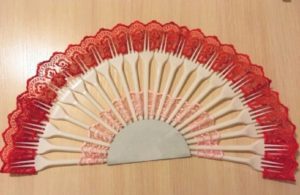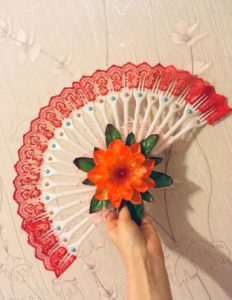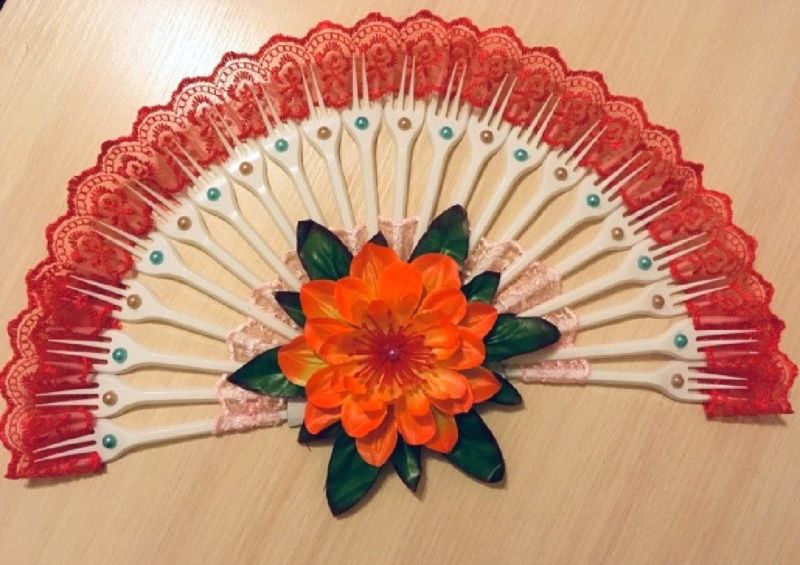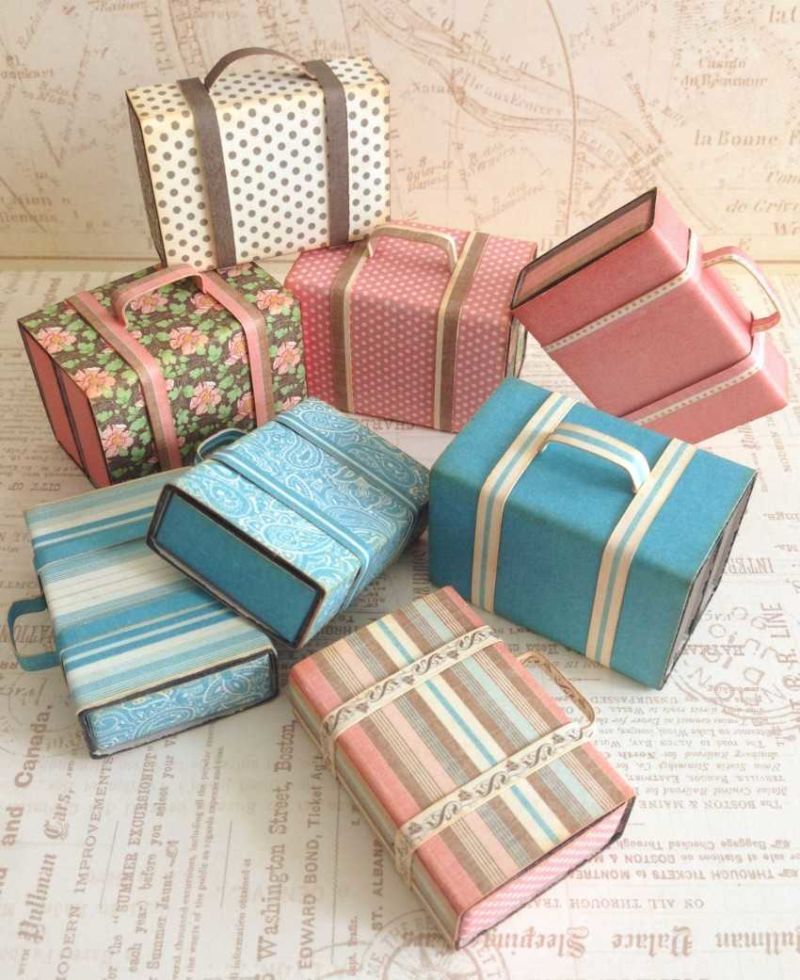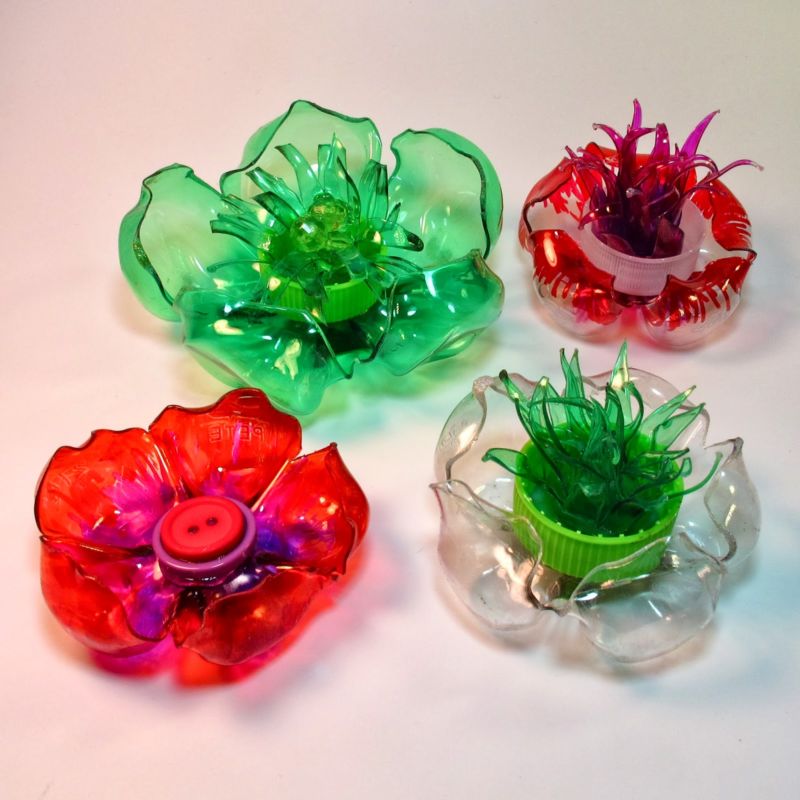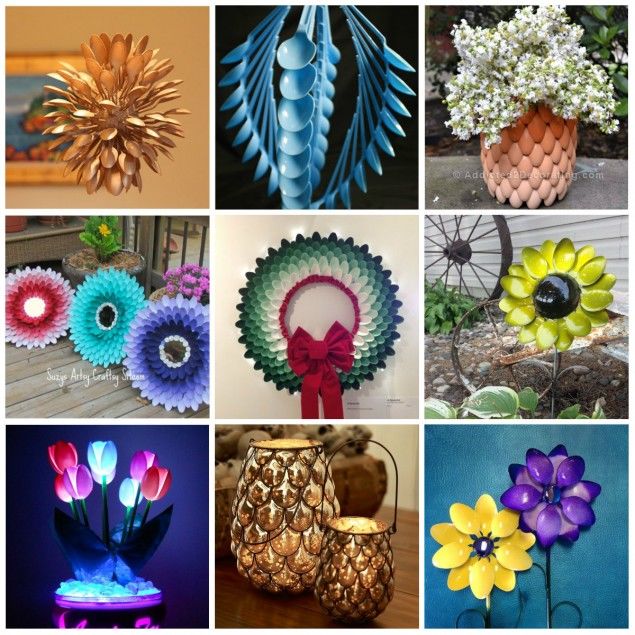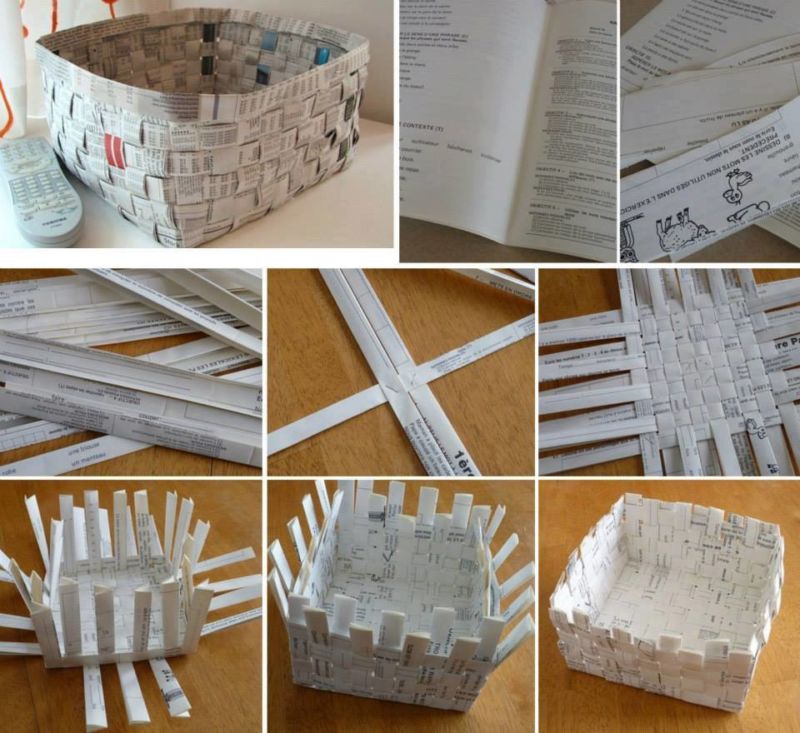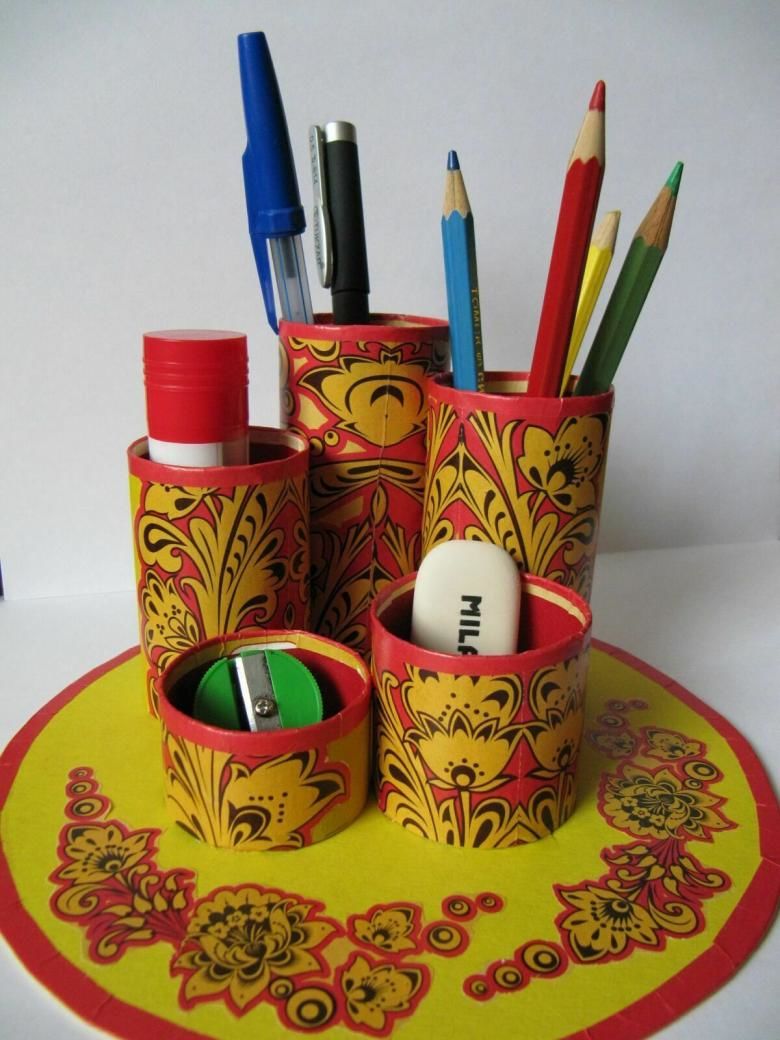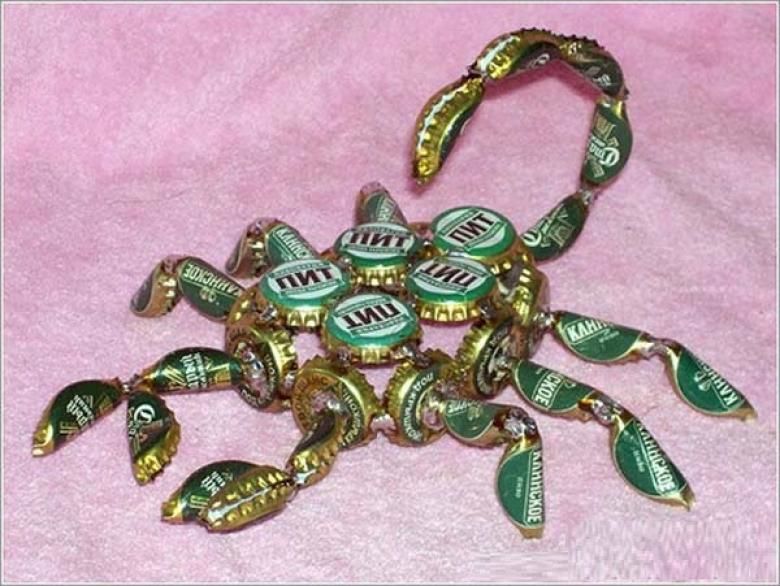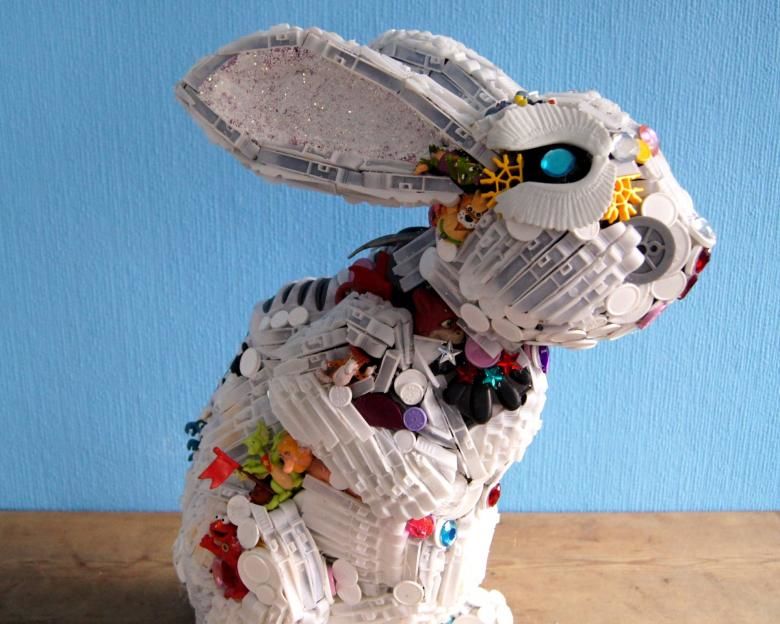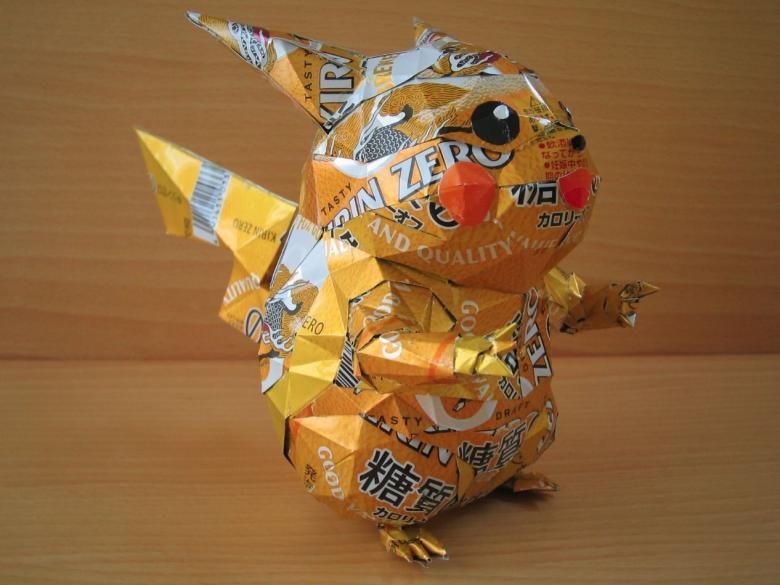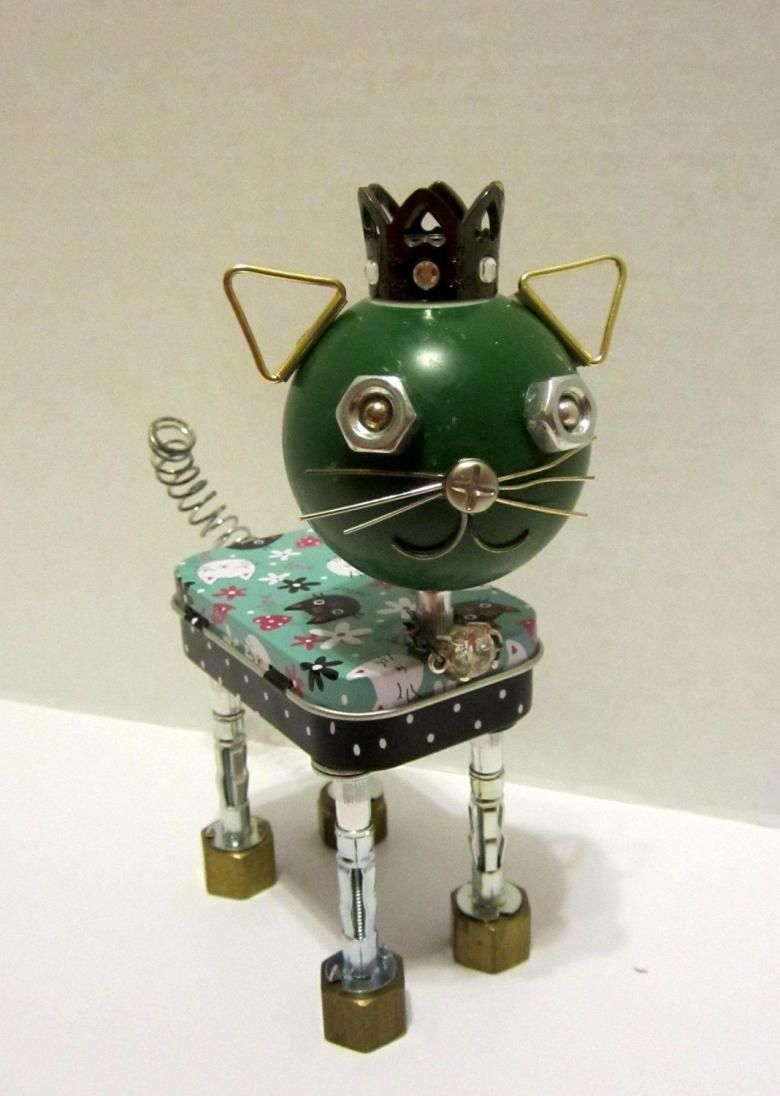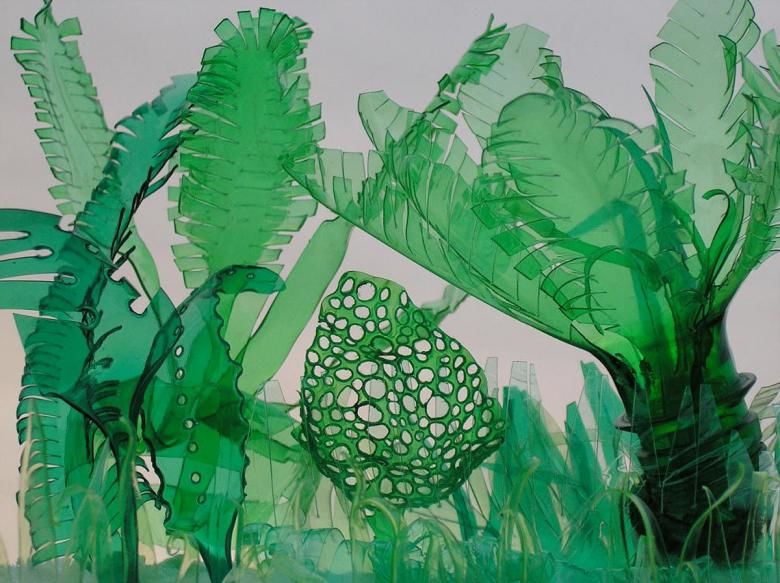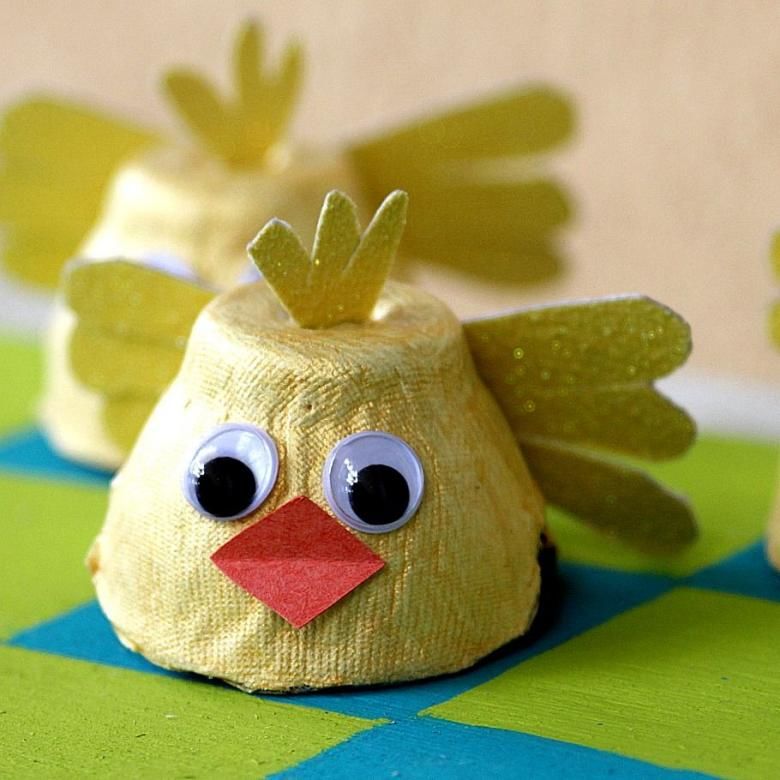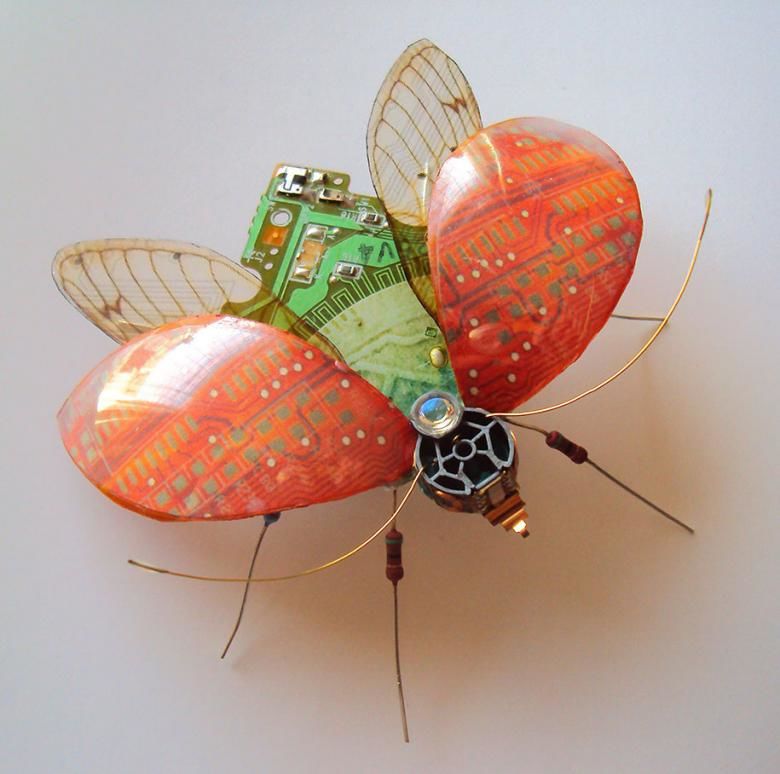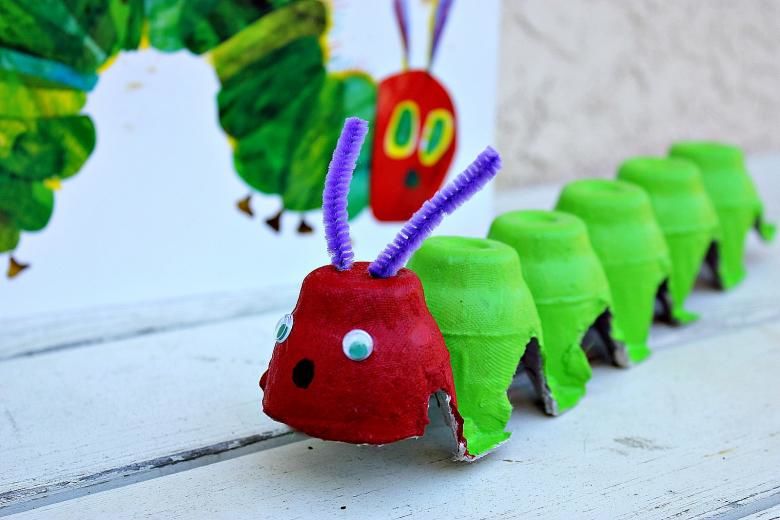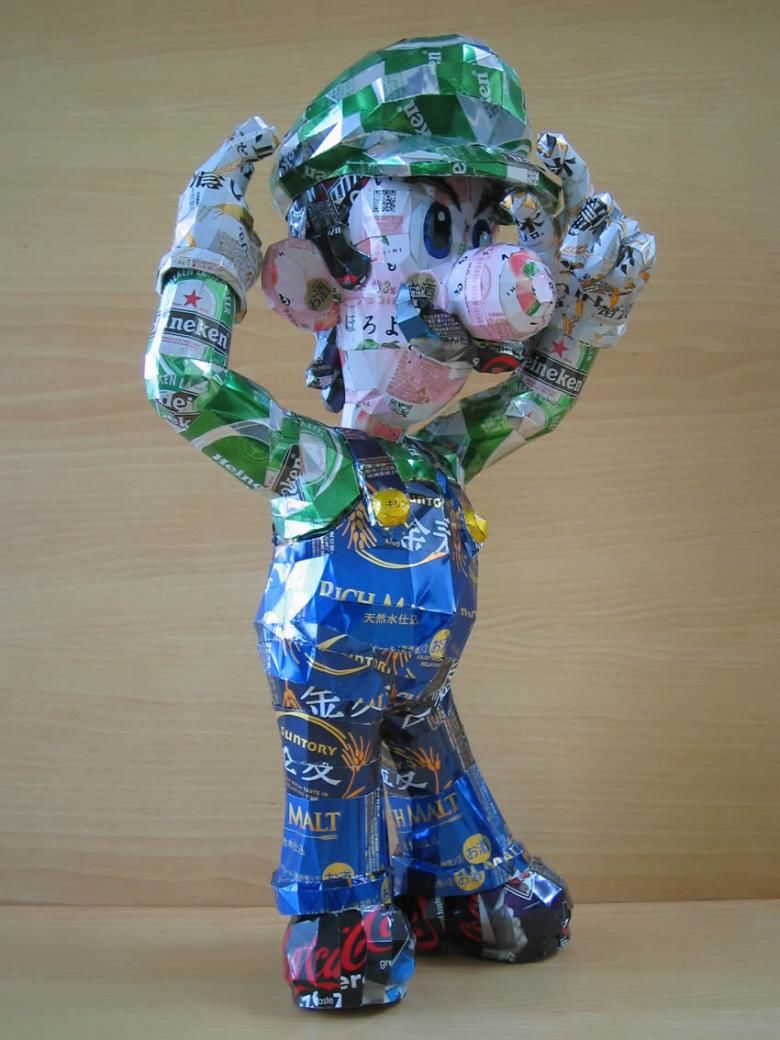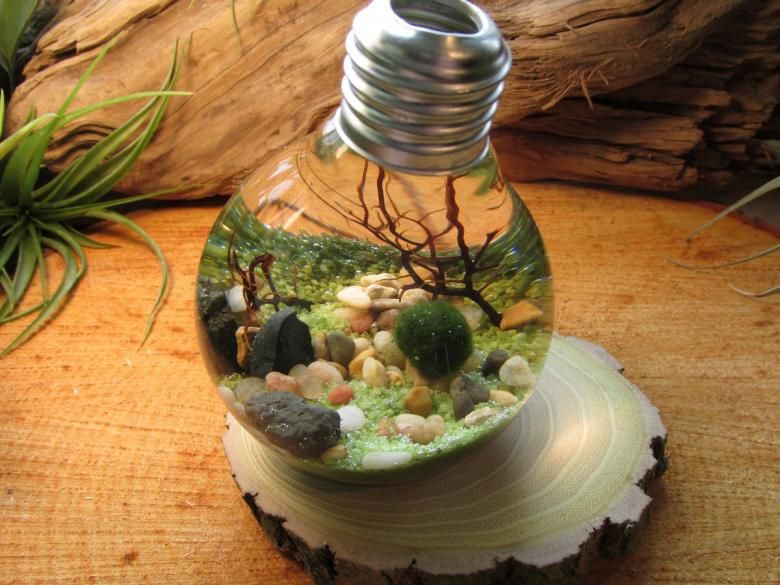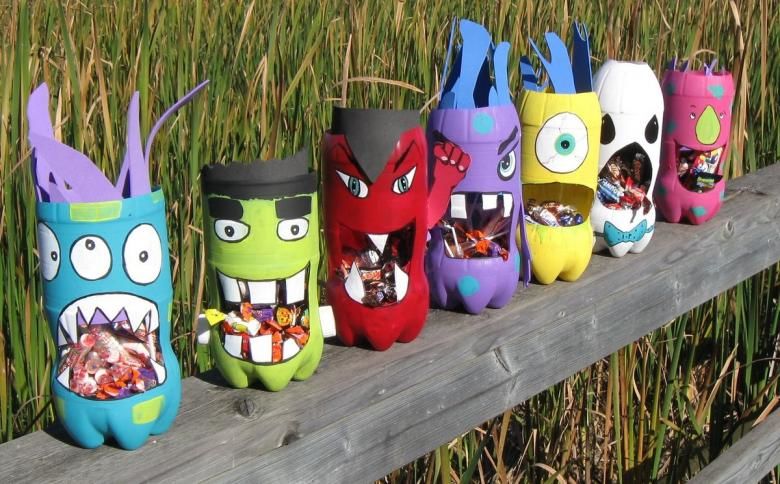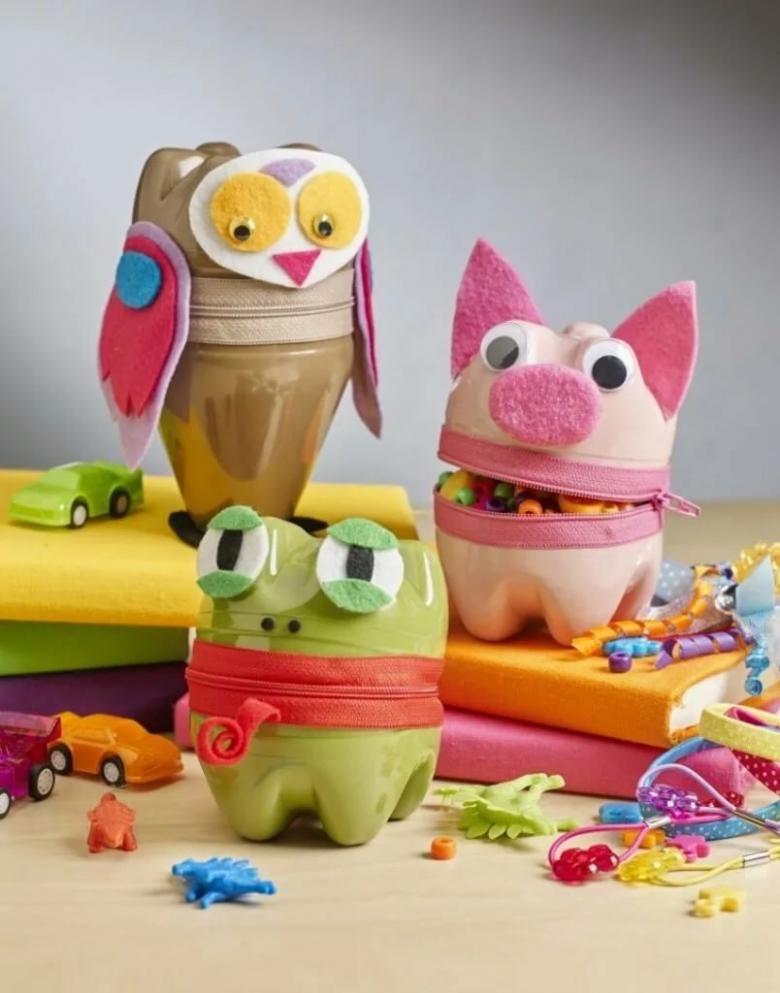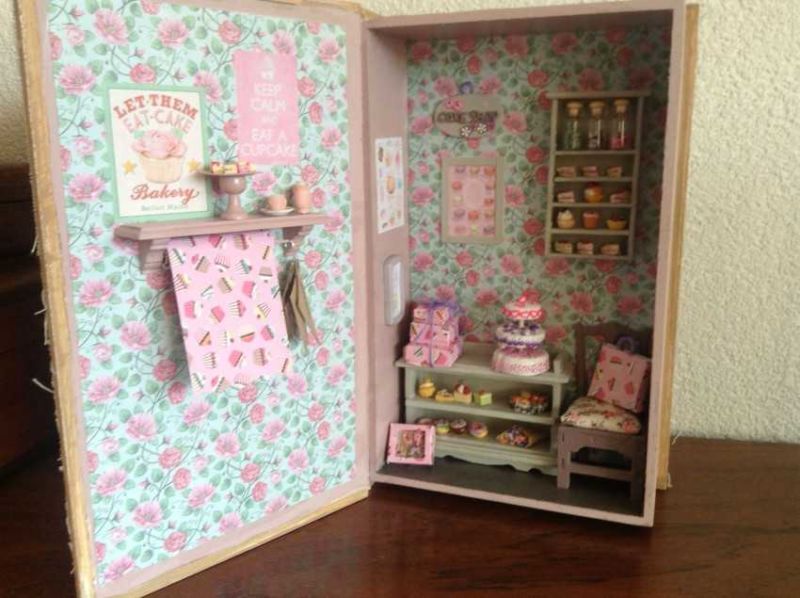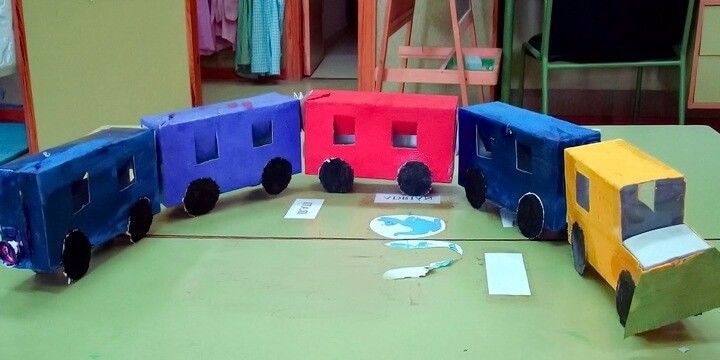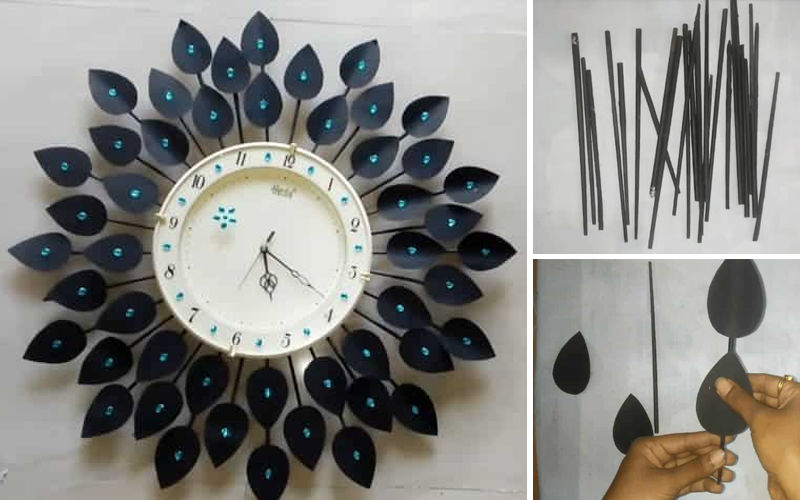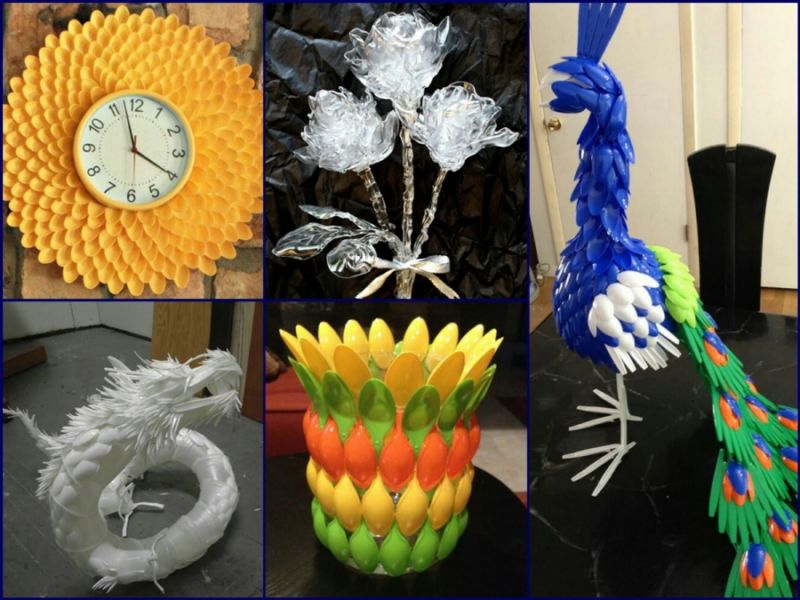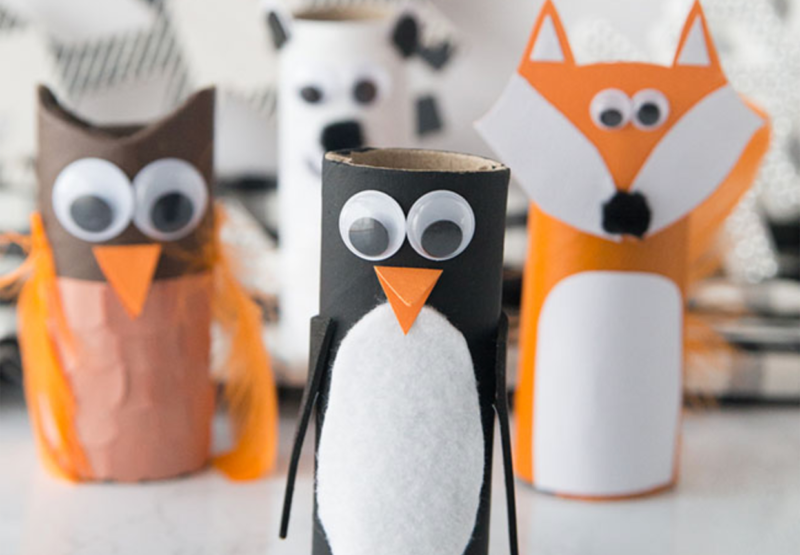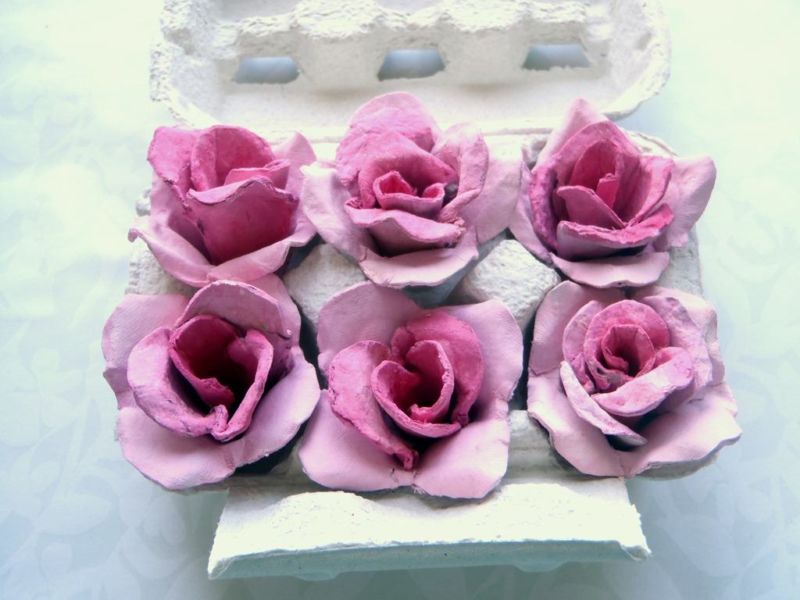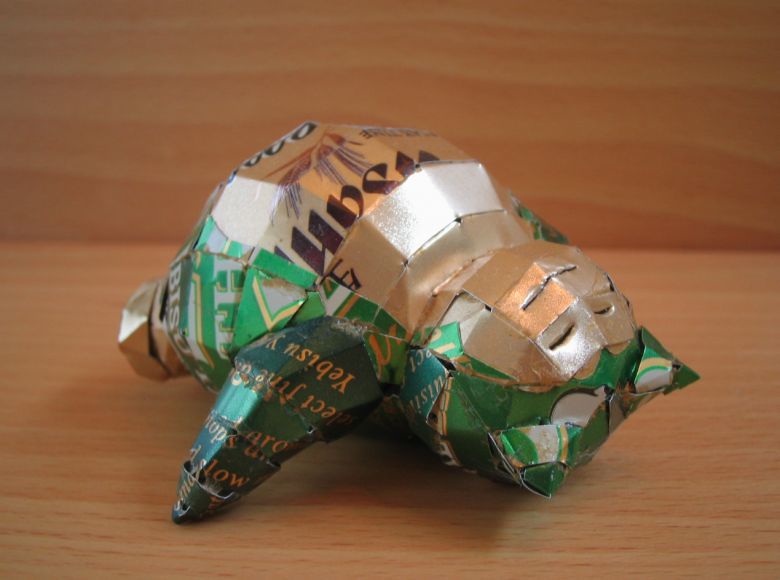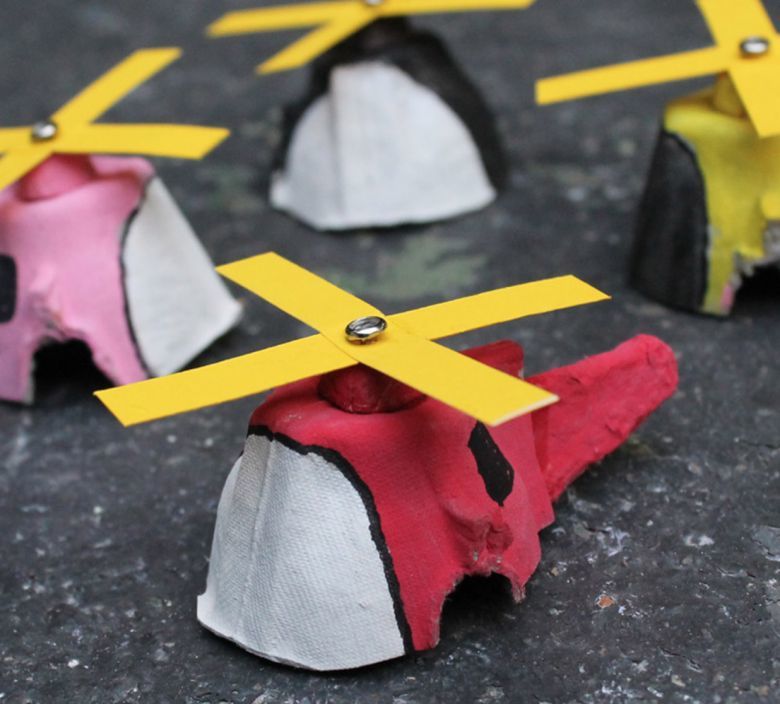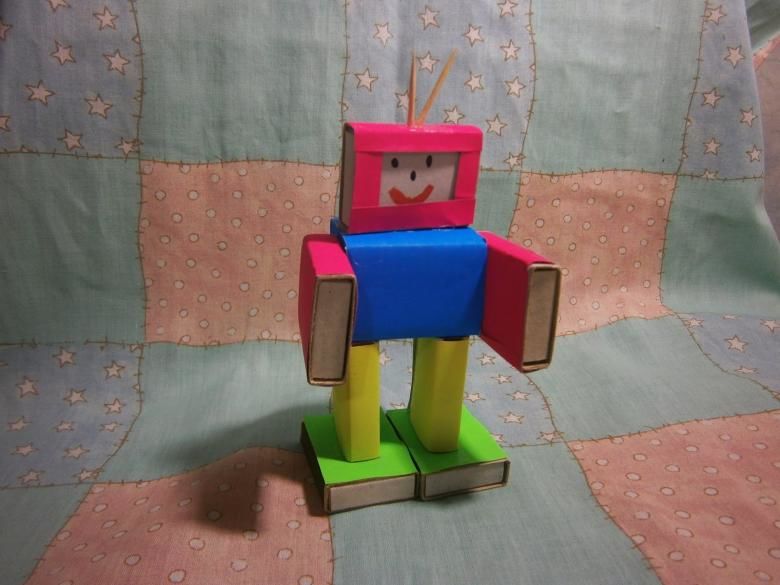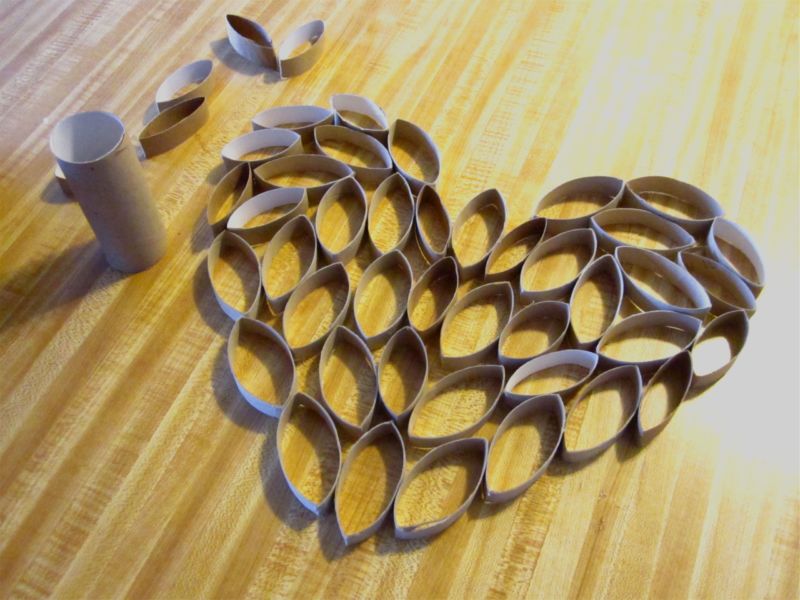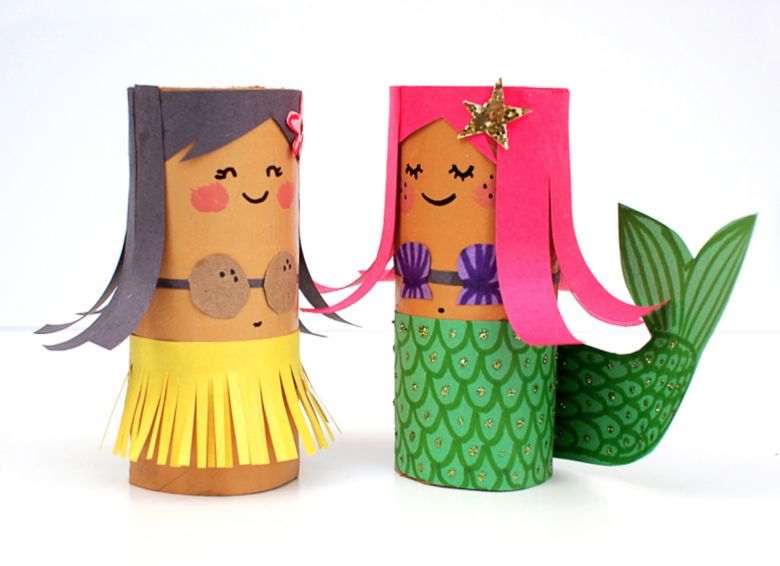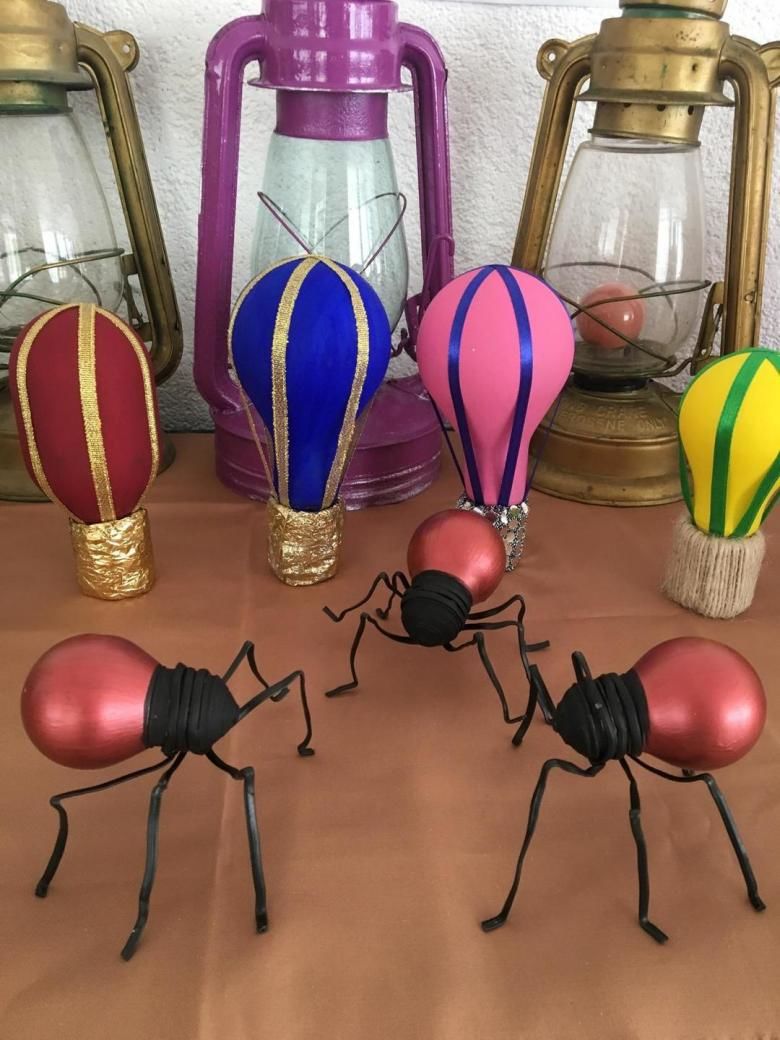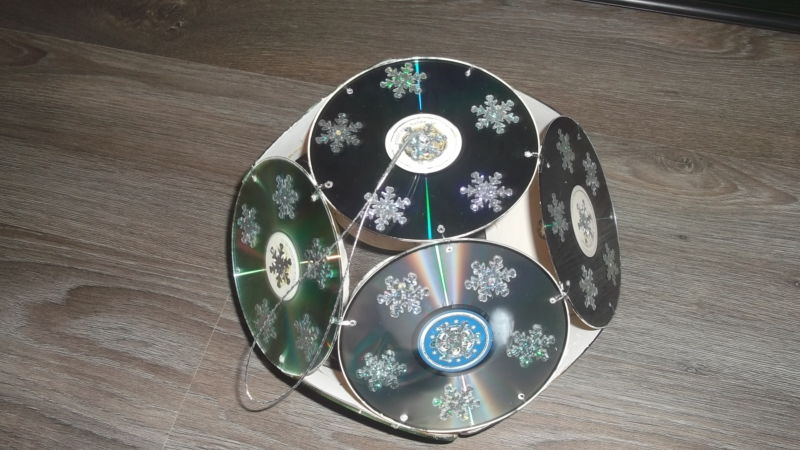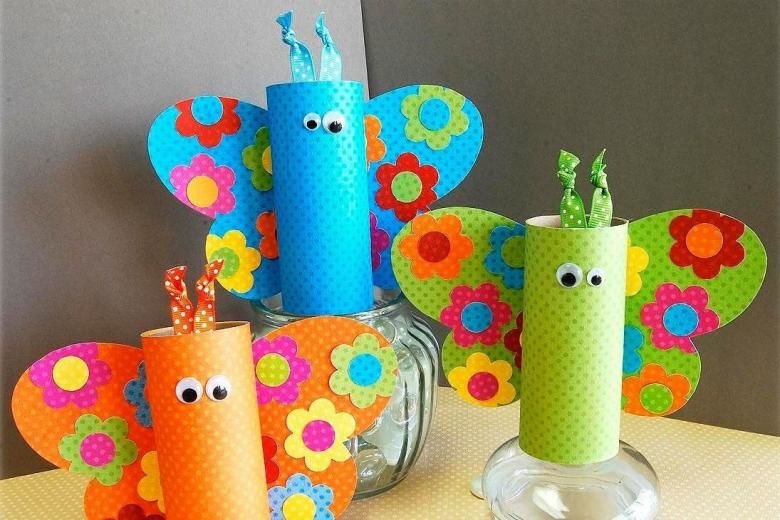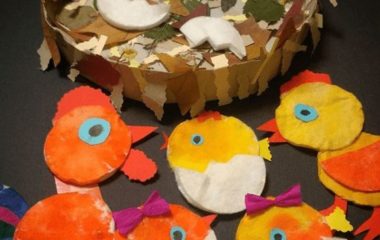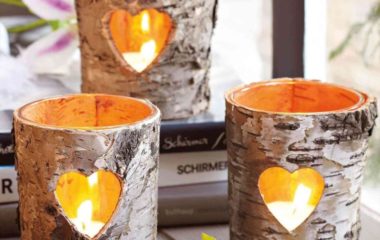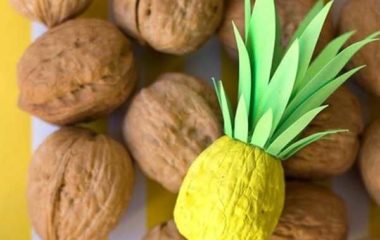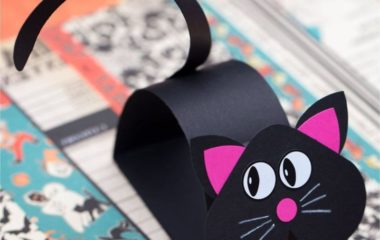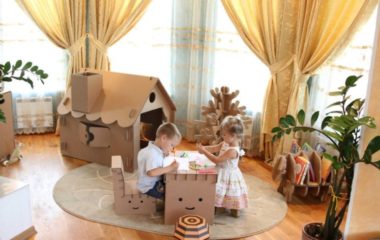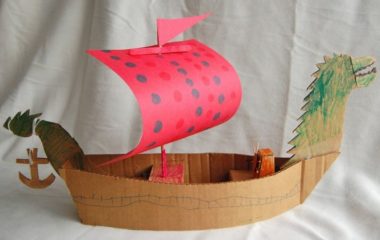Handmade crafts from household waste - step by step master classes for kindergarten, school, home interior
It is impossible to count how much waste we produce. The population is constantly growing, and the amount of waste is increasing, but few people think about what happens to them in the landfill - how they affect the people, soil, water and air.
This is one of the global environmental problems of our civilization. But our planet is not disposable, we must pass it on to our children and grandchildren. What do we leave behind?
One of the ways we can use waste is to create handicrafts. An important lesson can be conveyed to a child that any object can be used not only for its intended purpose, but also alternatively.
This will prevent him from getting hung up on the main role of the things around him, he will get invaluable experience in the formation of creative thinking, the development of imagination. As a result, where adults will see trash, the child will be able to find a source of inspiration and give household waste a new life.
Types of waste that can be used
Household waste crafts are the best, especially if they are made together with children. Often in kindergartens and schools, instilling concern for the environment, educators assign tasks to make a craft from recycled materials.
Think about what goes into your recycling garbage can on a daily basis, including non-degradable solid waste? I do not mean from the trash, but from the unnecessary things that later end up in the landfill.
You are not even aware of how many "unnecessary things" can be given a second life. It could be:
- Egg containers;
- paper towel and toilet paper tubes;
- Chocolate wrappers, candy wrappers, candy wrappers;
- cans and beverage cans;
- disposable plastic dishes;
- bottles of used shampoo, perfume, detergents, and canisters of conditioners;
- paper bags left over after a trip to the store;
- old pencils, felt-tip pens, wax crayons, pens;
- plastic bottles and caps;
- plastic bags;
- juice and milk product tetrapacks;
- candy boxes, shoe boxes, technology boxes, matchboxes;
- used disks;
- Kinder Surprise Containers;
- Cake and cake wrappers;
- beverage tubes;
- used light bulbs;
- old clothes, magazines, newspapers.
These are just some of the items that are great materials for creating eco-crafts with your children.
And if you combine several materials - how many things can be created! It may happen that the child will not want to create toys, he or she will go beyond these limits and start constructing jewelry, eco-design accessories, clothing elements, decor for the interior or a country site.
Rules for Working with Waste
- Choosing material for creativity with children, it is important to consider such criteria as safety and ease of handling. The smaller the child, the more supervision he needs.
- Before you give your child any material in your hands, make sure it is clean, dry and has no sharp edges or jagged edges.
- When gluing parts, use hot glue or an iron in the presence of adults or be done by adults.
- Make crafts from used light bulbs very carefully so as not to crush them in your hand or break them/.
- Paints in spray cans use only outdoors.
Matchbox crafts
It would seem - a matchbox is so small, what can it do? In fact, it's a great material for all kinds of crafts, the creation of which requires very little time and skill. Of these cardboard "bricks" you can build, make toys and educational games.
The alphabet .
Many people think that the alphabet and the alphabet - is one and the same. In fact, there is a difference, the alphabet is drawn letter signs, and the alphabet is the letter signs, accompanied by illustrations.
The letter itself is difficult for a child to comprehend, he must first understand how it works. That is why the alphabet is invented for preschool children, it is a bridge between the drawn message and the letter designation.
To develop a child's interest in the alphabet, you can make "houses" for letters out of matchboxes: each box should be lined with colored paper, leaving the sliding part unglued. On the top side you can write the letters, or glue printed letters, cut them out of old magazines, newspapers or colored alphabet (you can find it in any bookstore).
In each "house" hide a small object whose name begins with the corresponding letter. You can put a pebble in the box with "ъ", a cotton disc with "ь" and leave the box with "y" empty.
When a child recognizes the letters, you can additionally make another set of "houses" and make words out of them. Such crafts from waste for kindergarten are very good to make.
Developmental games
By analogy with the alphabet, you can make a game that teaches counting. Only instead of letters glue numbers, and put the corresponding number of small objects inside the box: buttons, peas, matches.
For knowledge of the animal world in the same way you can use the image of the place where animals live, and in the box put a picture of the animal or its miniature:
Toy houses and furniture
Even a preschooler can cope with the construction of a house out of matchboxes "bricks":
- To do this, you can take 10-12 boxes (depending on the number of floors), glue the fixed part with colored paper.
- Glue the resulting boxes in pairs so that one side of the inner box opens to the side.
- Then these glued pairs join together with glue in the height. You will get a multi-storey house.
- Draw a window on each "brick" and a front door and garage door on the lowest floor. On each floor, the inside slides out to the left and right, where you can draw different interiors (kitchen, bedroom, hallway). On the lower floor a car "comes out" of the garage.
Now the stores are full of toys on any theme, including a variety of doll furniture. But the one that he makes himself, will be the most favorite. Children from 3 years of age will be able to "make" furniture.
Show your child how to make a bed from five boxes. To do this, glue three boxes together using double-sided or masking tape.
Only 3 parts are needed for the simplest table. Between the two boxes stacked vertically, one piece is attached horizontally at the top. Depending on the desired size, increase the number of boxes both in height and width.
By gluing several rows of boxes, it is easy to make a dresser with drawers.
To fill the living room furniture, you can make a chair, nightstand, TV, for the bathroom - washing machine, for the kitchen - table, chairs, stove, cabinet.
Organizer
The house always has a lot of small items that are hard to find at the right moment. Organizers can help you cope with this mess.
Of course you can buy it in a store, but if you like to turn waste into useful things, then creating an organizer for small "lost things" from matchboxes is the best option. Making it is quite simple:
- From the right even number of boxes take out the moving parts (you will need them later) and glue them together with a glue gun. Glue the boxes neatly one on top of the other, then glue as many vertical rows as you need in width.
- So that the boxes do not slip through, the back of the structure is glued with cardboard. In this way you can make a two- or four-sided organizer. If the organizer is planned to keep in a prominent place, it can be decorated.
Such an organizer schoolboy can make as a gift to Mom for small jewelry or dad to store nuts, screws and other small things.
Handicrafts from the boxes from the liquids
They, too, can be used to create useful or unusual crafts. The flight of fancy in this case is not limited.
Toy cars, planes, ships
Crafts from household waste, such as emptied milk cartons, kefir, juice, will help build for the boys of cars, ships, planes, trains.
Wash and dry all the boxes before making toys. To make a car, first prepare four wheels:
- They can be made from the lids with which the boxes were closed. Make holes in the center of the lids with a hot needle or other sharp object heated over a fire.
- Measure the width of the box, and cut two wooden skewers a little longer than the width of the box.
- Insert the skewers into the cocktail tubes (these will be the axes), leaving bare the places where the skewers attach to the lids.
- Use a glue gun to attach the ends of the skewers to the holes in the lids. Glue the axles to the box.
- Before installing the wheels, the box can be painted or covered with colored paper, and windows can be cut out. If you cut off one of the wide parts from the box, you get a dump truck.
Ship to make even easier. On one side cut out a rectangle at the top, cut out portholes on the sides, at the stern you can set a flag or make sails.
Pots and vases for plants
Since drink boxes are made waterproof, they can be used to make vases for flowers. The top of the box is cut to the height of the desired size of the future vase. The outside of the package can be applied randomly to the putty, and after drying, cover the surface with spray paint.
You can also put a glass or plastic vessel inside the vase. Such a waste product can be brought to school.
Very interesting vases for flowers are made of fabric and alabaster. To do this, a piece of fabric, cut to the size of a tetrapak, is dipped entirely in a mixture of alabaster.
Arrange the fabric around the perimeter of the box, you can make folds, so it will be more interesting.
Texture is applied to the not yet frozen alabaster, it can be an imitation of wood, stone, it all depends on the imagination. The entire surface is primed with PVA glue, then acrylic varnish. To get the texture of wood, you can apply bitumen varnish on top and rub it with a sponge.
Feeder
It's easy to make a bird feeder out of a discarded juice or milk carton. On two or four sides to make holes, not reaching the bottom, because there will fall feed:
- The holes can be made in the form of a rectangle or an arch.
- If you don't cut out the side all the way to the bottom, you will get an overhang, which will prevent snow from falling on the forage in winter.
- Small holes can be made in the bottom for skewers or pencils. The birds can sit on them and nibble their food.
Creative people can make a bird feeder in the form of a house, an owl, or other bizarre shapes. These crafts from household garbage will help to instill in children the care of birds.
piggy bank
At what age to bring the child piggy bank, each parent decides for himself.
In the hole under the lid placed small coins and folded bills. For larger coins near you can make a slot.
Of these holes to get coins is not so easy, so at the right time to get them will have to cut the bottom.
Disposable tableware crafts
One of the advantages of disposable tableware is that it can be recycled after use. Disposable tableware is as if created for the purpose of creating with it. It can be used not only for children's crafts, but also for adult creativity.
Decorative items
From disposable tableware you can create budget, unusual decorations for interior design, dacha, garden.
A very beautiful decoration for the kitchen or dining room can be made from disposable plastic spoons:
- On cardboard, you need to cut out a circle of the desired diameter, in the center draw a circle to create a flower
- Glue the spoons with a glue gun around the circle so that its edges envelope the inner circle from the outside. Do the same with the second row, gluing the spoons in staggered order.
- To create the flower in the middle of the panel will need a spoon, which are cut off the handles. From the concave parts, glue the resulting "petals", forming a lily flower. It remains to paint the composition with spray paint to match the interior color, and glue a loop to the back to hang the panel.
On the same principle, you can make a frame for a round mirror in the hallway or bathroom, a clock. In the middle of the circle cut out of plywood, attach a mirror, and glue spoons without handles along the edges.
In order that dust does not collect inside the spoons, it is better to glue them on the inside of the plywood. It will look beautiful if you make 5-6 rows of "petals".
Frames for photos, spoon flowers, vases, lamps, lampshades, garden decorations - just a small list of things you can do from disposable tableware.
Fan
You can make a beautiful accessory - a fan - from disposable forks, CDs, lace, ribbons. We will need about a pack of forks of 25 pieces:
- CD disk cut in half (it cuts well with scissors).
- If there is no CD, you can use cardboard, draw a circle and cut it in half.
- Draw a rounded line approximately in the middle (at least 2 cm from the edge), along which you should glue the handles of the forks close together using a glue gun.
- On top, glue the other half of the disk or cardboard. You can decorate the semicircle with velvet or any other fabric.
To decorate the fan use ribbons, lace, beads, flowers. At the top through the teeth of the forks to pass a ribbon or lace, fixing them at the edges of the glue so that the outer side is visible on the 2 teeth. If desired, the forks can be painted with acrylic paint before you begin to assemble the fan.
Do not underestimate the destructive impact of man on our planet. Children should be taught from an early age to think about preserving the environment. This can be done in the form of a game, developing creativity, inculcating a love of work.
For making crafts from waste does not need to spend money, because all you need is at home.
Making crafts, you can spend time with your child in an interesting way, and the crafts themselves can be useful in play and everyday life.

